Table of contents:
Japanese cuisine is very diverse, well-known and also very healthy. Whether it's sushi, Ramen , Tempura or rather traditional Nabe , on this blog you will find many authentic dishes that you can usually cook quite easily!
In the following post I would like to explain to you what types of dishes & recipes there are, what to look out for and the differences between traditional Washoku and the modern Youshoku. I would also like to introduce you to the basics, as they are very important for cooking.
Characteristics of Japanese recipes:
- Japanese cuisine is low in fat, sugar, carbohydrates and salt. This applies especially to traditional recipes.
- Japanese recipes make you healthy! The many fresh and diverse ingredients provide you with a very versatile diet, which naturally has the positive effect of giving you softer skin, cleansing your intestines so that digestion is faster and cleaner, and generally makes your entire body healthier.
- Japanese dishes are eaten in many small portions. This portioning of dishes through many bowls and eating with chopsticks has the positive effect of making you eat slower and consume fewer calories & carbohydrates.
- Japanese cuisine has many facets whether spicy, salty, tart, sweet or even umami , Japanese cuisine offers you everything. Even more than the German language can describe, which is quite funny. There are special words for certain flavors that you might describe with, delicious or bitter.
- Japanese recipes are very expensive to cook in Germany. Many things have to be imported. In addition, there is hardly any fresh fish in Germany and if you do find some, it is unfortunately quite expensive.
- Modern Japanese recipes are usually a bit unhealthy. Examples are rolls with fried noodles, super delicious or bentos with lots of delicious fried dishes.
Japanese Side Dish Recipes
Side dishes are very important in Japanese cuisine, as rarely only one Bowl (Donburi) or a noodle soup (e.g. Ramen or Udon ) is cooked. But even with these recipes, where you only have one bowl at the end, you can cook side dishes to add some more variation to the table.
Japanese side dish recipes are easy to cook and usually only require a few ingredients. These are usually salt, sugar, mirin, Shoyu (soy sauce) and Sake .
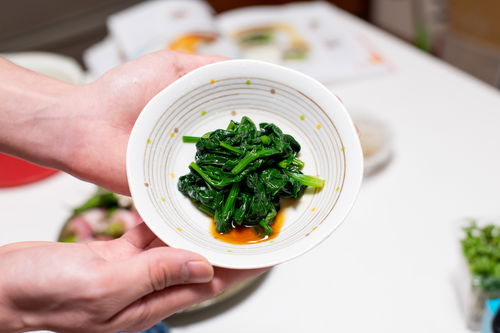
Japanese Main Course Recipes
The main course is the most important element in Japanese cuisine. In addition to soup, rice and side dishes, there are main courses that often consist of fish, meat or noodles. In general, there are many different types of dishes and preparations that make it possible to satisfy all palates.

Japanese Rice Dishes
Rice is one of the main components of Japanese cuisine. The form or preparation of the rice is very variable. Whether it is formed into a ball as Onigiri or a main ingredient of Katsudon , there are unlimited possibilities here too. You can fry rice, then a delicious dish will be created Chahan , crush it and then Mochi is created or simply roll it together in Nori as Sushi .
Below you will find instructions on how to properly cook Japanese rice . Because this is very important, because poorly cooked rice can ruin the entire meal, believe me, I have unfortunately had to experience that.
Donburi Recipes
An easy and inexpensive way to cook Japanese food is to prepare it as Donburi. Donburis are dishes that consist of cooked rice and a topping. This Japanese dish is usually served in a bowl, hence the name. Since you eat a lot of rice with this dish, you will get full quickly. That's why it's also very popular for dinner when you want to eat something quickly.

Japanese Soup / Stew Recipes
Soups and stews are very popular in Japan. Especially the noodle soups (so Ramen and Udon )! The broth usually consists of the so-called Dashi . This is a broth consisting of Kombu and or Katsuobushi (bonito flakes). Other ingredients can also be used for Dashi , such as Shiitake mushrooms , but it mostly consists of Kombu and or Katsuobushi.
Japanese Dessert Recipes
Unfortunately, dessert in Japan is now far too sweet and unhealthy, which is not the case with traditional dessert. This usually consists of fruit. Of course, not just cutting fruit and putting it in a bowl, but prepared a little more elaborately.
The basic ingredients
The basic ingredients for Japanese recipes are usually the following:
- Dashi (broth)
- Mirin (sweet rice wine)
- Sake (rice wine)
- Shouyu (soy sauce)
- Japanese rice
- fish, lots of fish
- various types of algae
You can see that many ingredients come from the sea. Whether it's algae, fish, shellfish, etc.. This is because Japan is an island nation and therefore surrounded by the sea. That's why it can sometimes be a bit difficult to find certain ingredients in Germany. But there are more and more Asian markets as well as online shops, so you're not completely lost if you want to cook Japanese recipes.
Fish is very important
In Japan, fish is the be-all and end-all. Whether it's sushi, sashimi, soup or grilled, fish is in everything. Why is that? Japan is a very large island. And there is sea almost everywhere. So they focused more on fish than on meat. If you're a vegetarian, you have a bad hand in Japan.
Traditional (Washoku) vs modern (Youshoku) Japanese recipes
Traditional Japanese Recipes - Washoku
UNESCO has designated traditional Japanese cuisine "Washoku" as a World Heritage Site. I would like to explain in this article why this is so.
Japanese people live longer than anyone else on average. The exact reason for this is not yet fully understood, but everyone knows that healthy food is important for health and aging. In Japanese cuisine, little fat, sugar or salt is used. This makes it not easy for beginners, as they have to get used to the fact that food does not necessarily have to be hearty, but can also be hearty.
Modern Japanese Recipes - Youshoku
Unfortunately, Japanese cuisine has changed a lot. Through globalization, the West has had an increasing influence on the culture of the Japanese. It is shocking that Japan has the second highest number of McDonald's branches. Subway, KFC and other fast food chains have also established themselves in Japan. Since Japanese people often work 10-12 hours and often only have a small kitchen because apartment prices in the city are very expensive, they often resort to fast food. In the article Do Japanese people really eat healthy I have explained the topic in more detail.
Meals - Breakfast, Lunch & Dinner
Breakfast
The most important meal of the day in Japanese cuisine is breakfast. Because it is important to start the day with a full and above all healthy stomach. Traditionally, no dairy products are consumed in Japan, as 70% of Japanese people (myself included) are lactose intolerant and milk is also not very healthy. More emphasis is placed on light food such as Miso Shiru and rice. Of course, you can also eat rice with Furikake, which has a low calorie content, but is very salty.
Lunch
The Japanese traditionally eat little for lunch. That's why I advise you, if you have eaten a proper breakfast, you only need to have a little something to eat. There are perfect recipes for this such as Onigiri, Bento or soup.
Dinner
Dinner in Japan is usually the most elaborate meal of the day. Unlike in Germany, Japanese dinner is always warm. In addition, the individual dishes are served in different containers such as plates, pots or bowls.

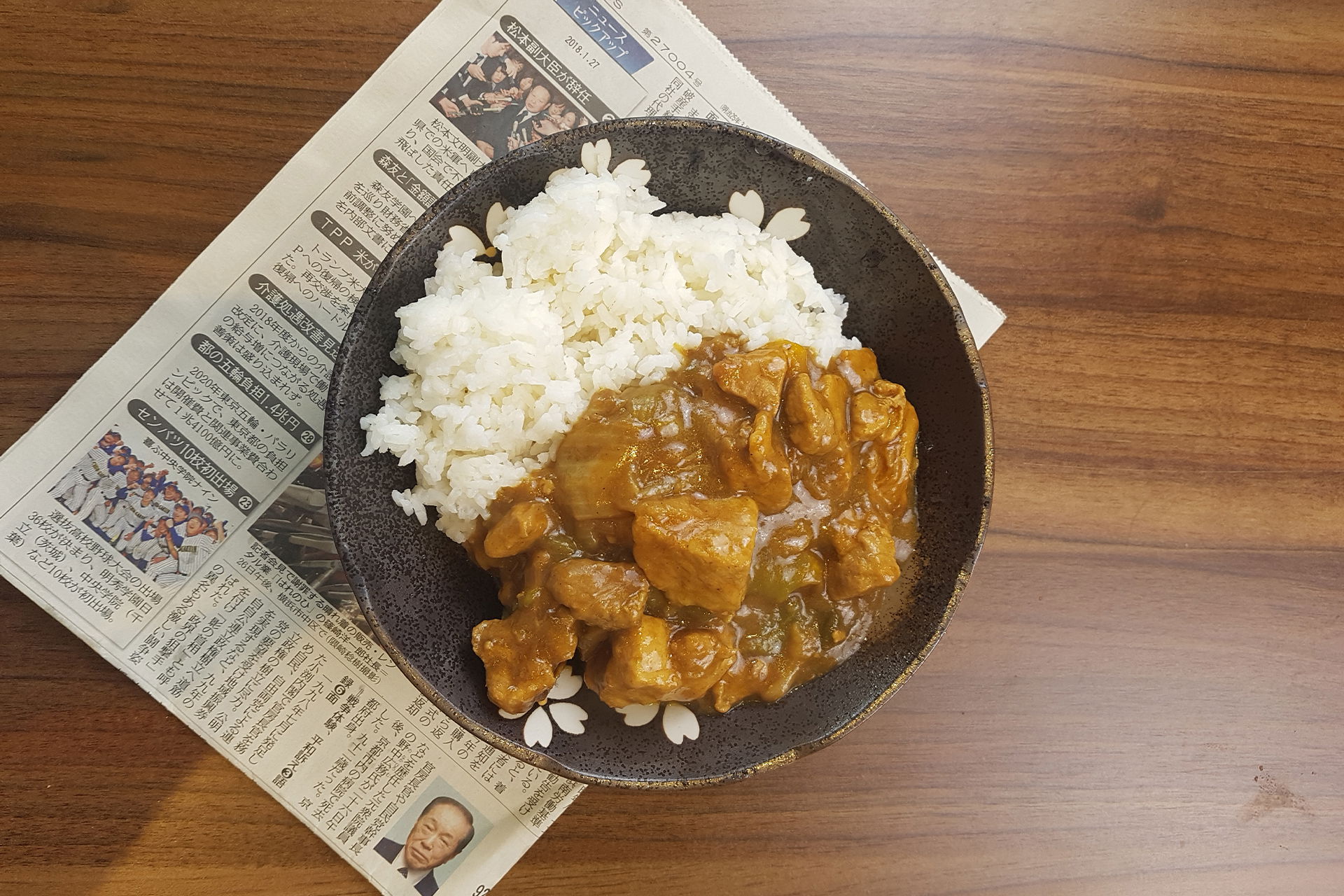
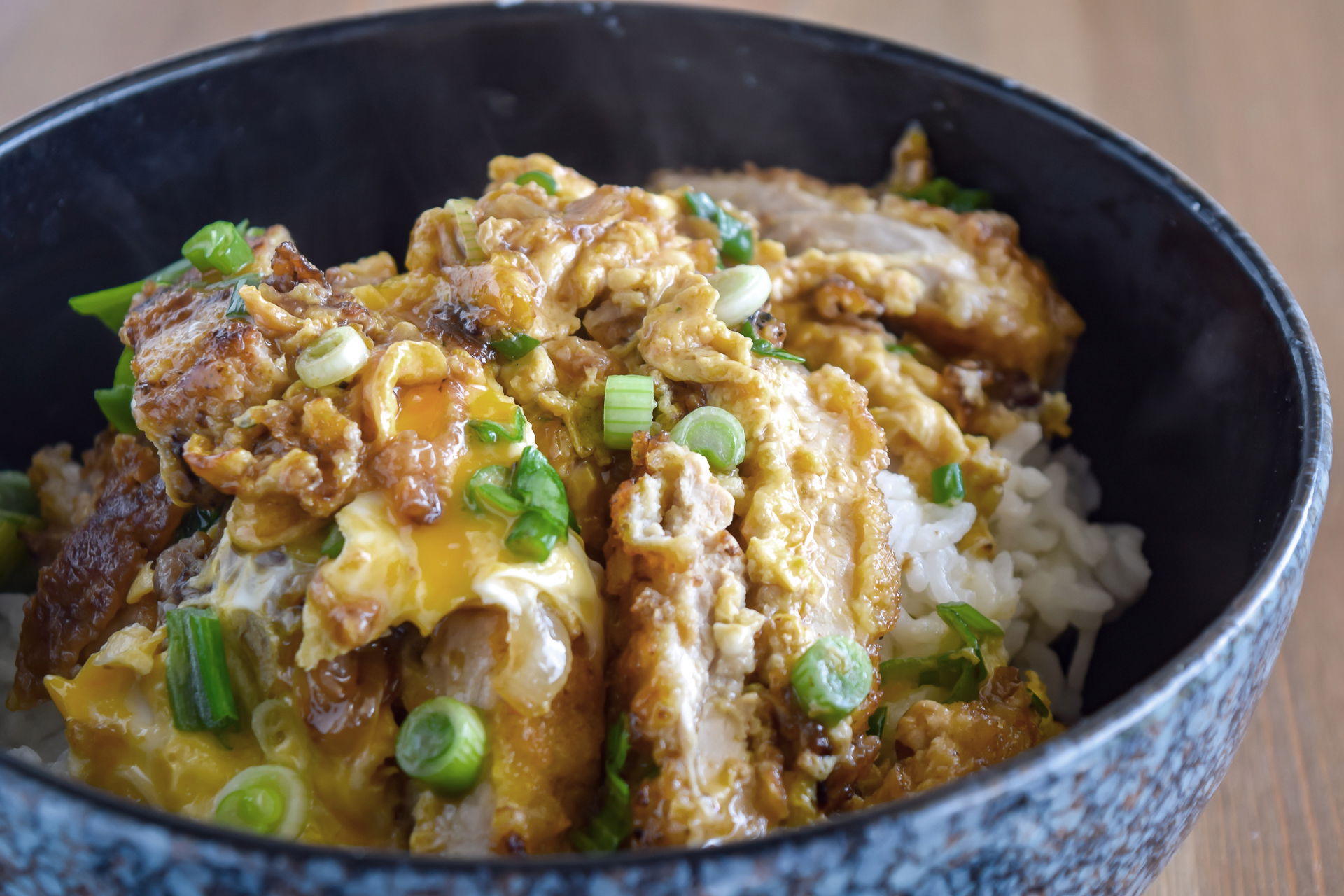




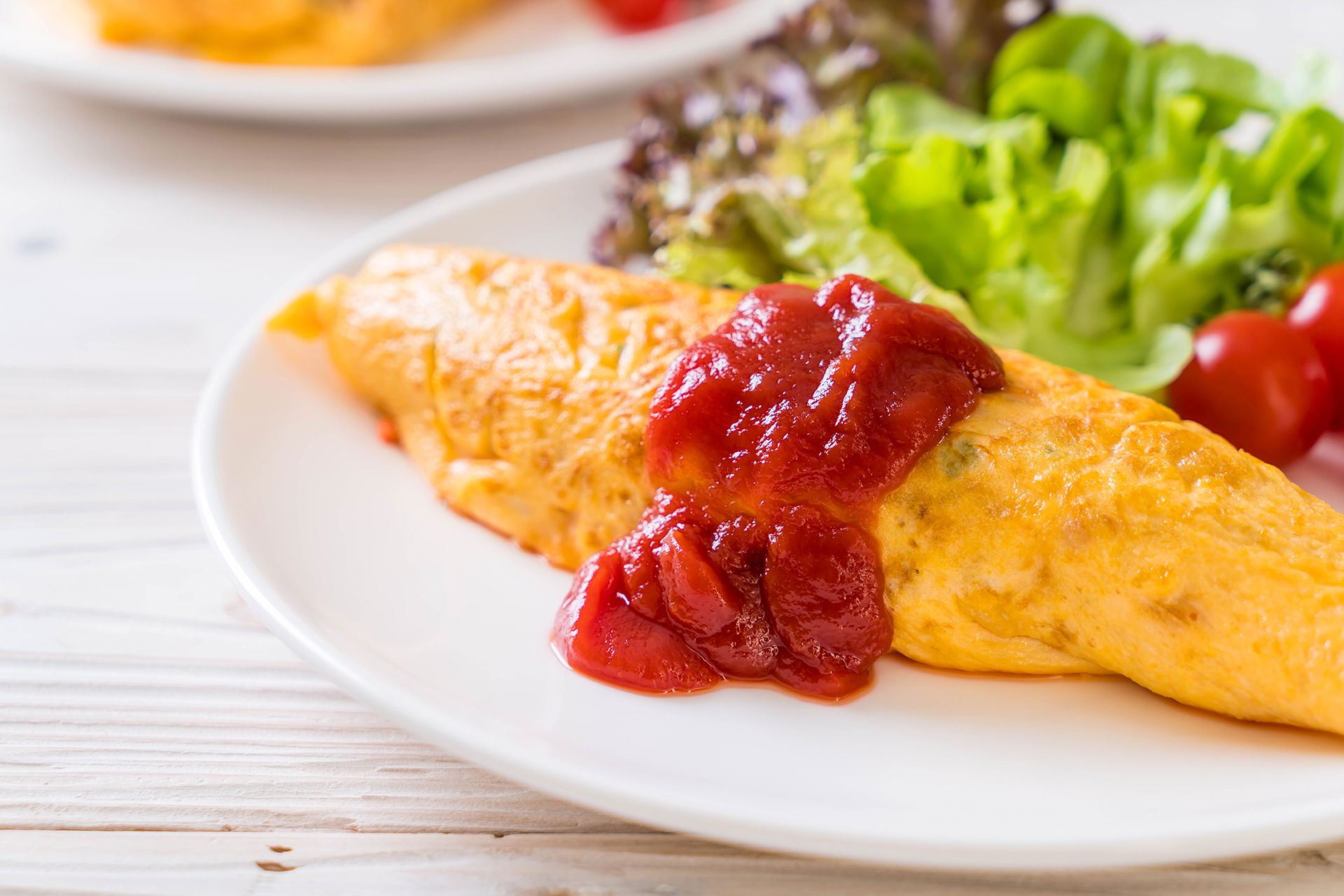

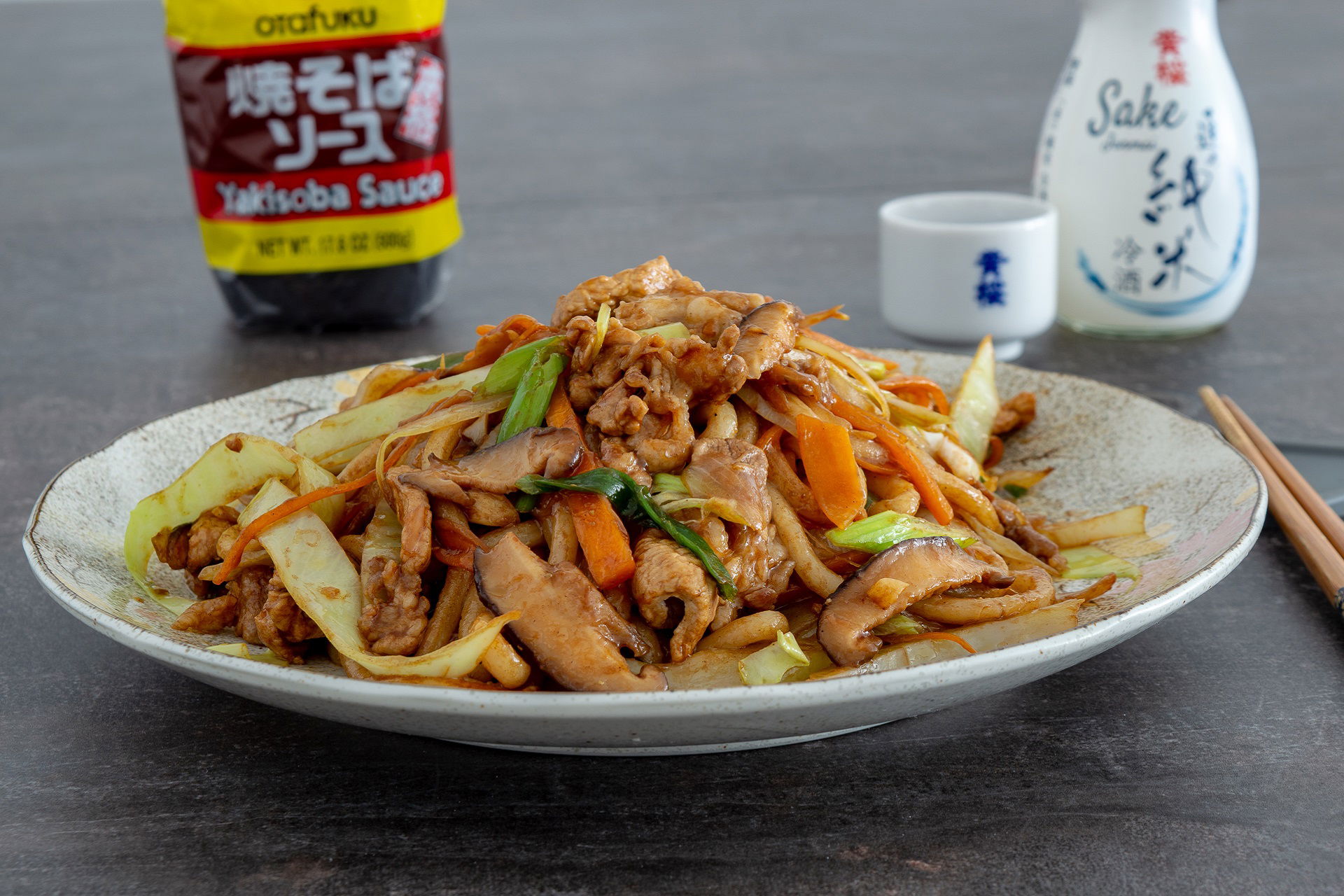

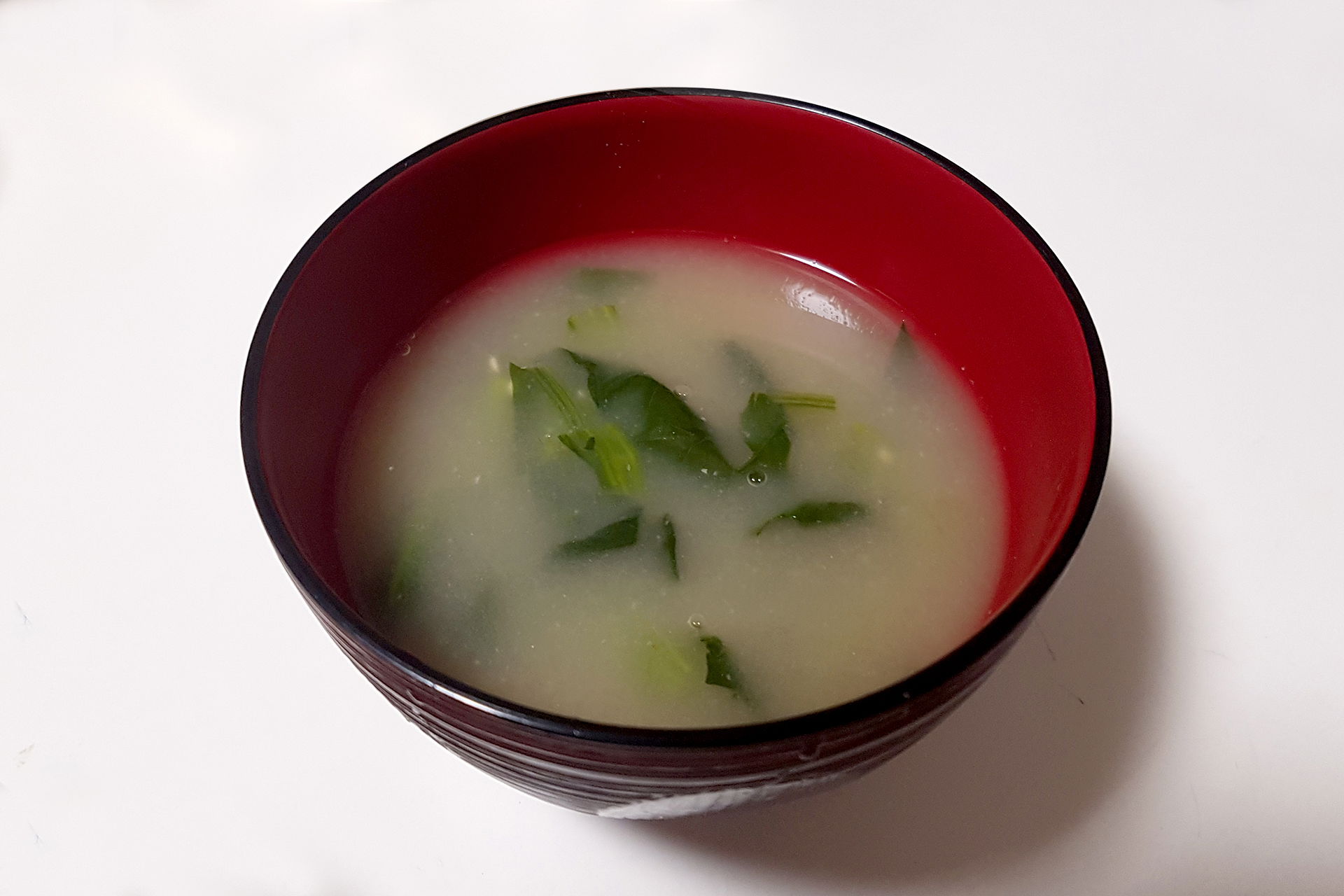



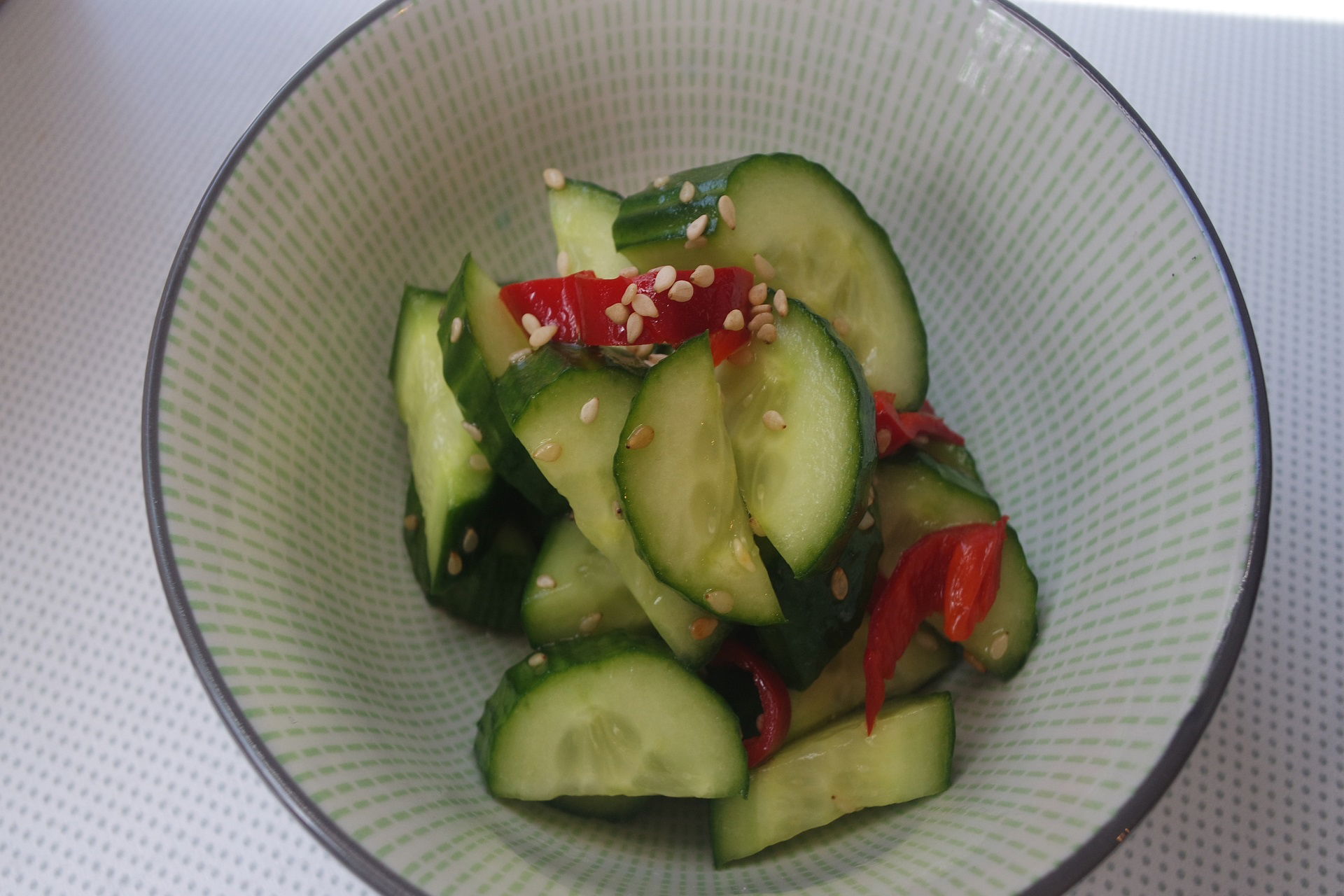

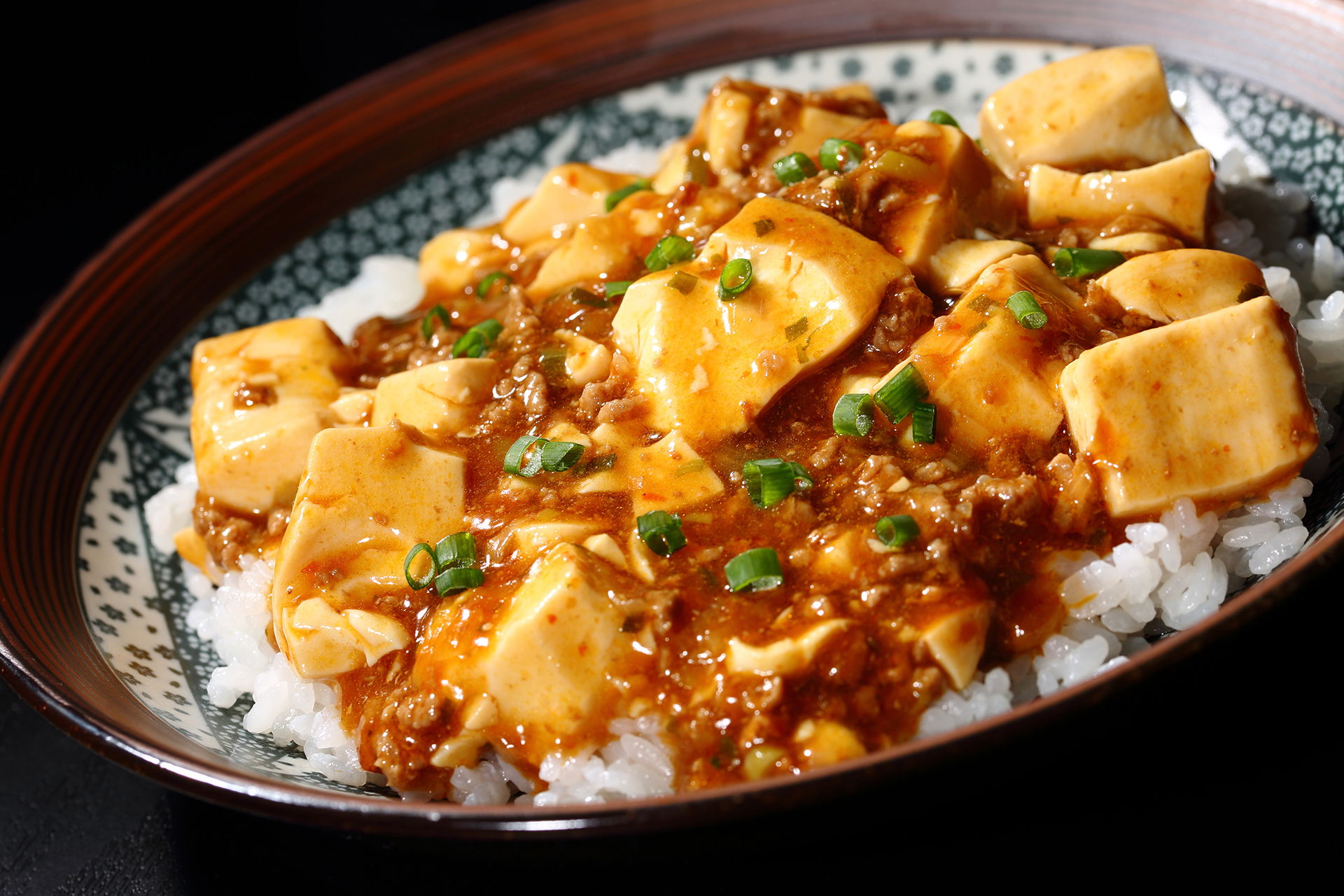
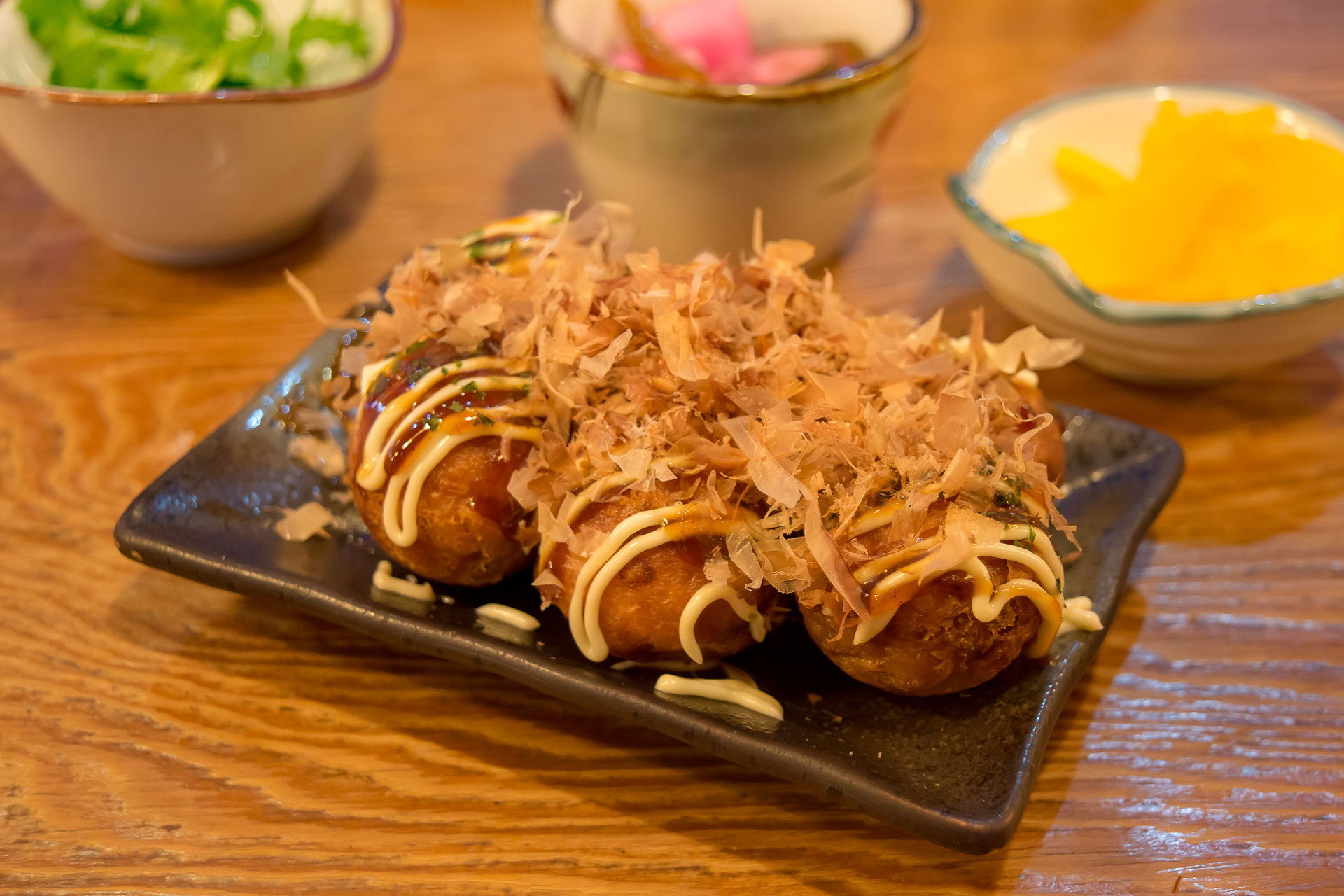
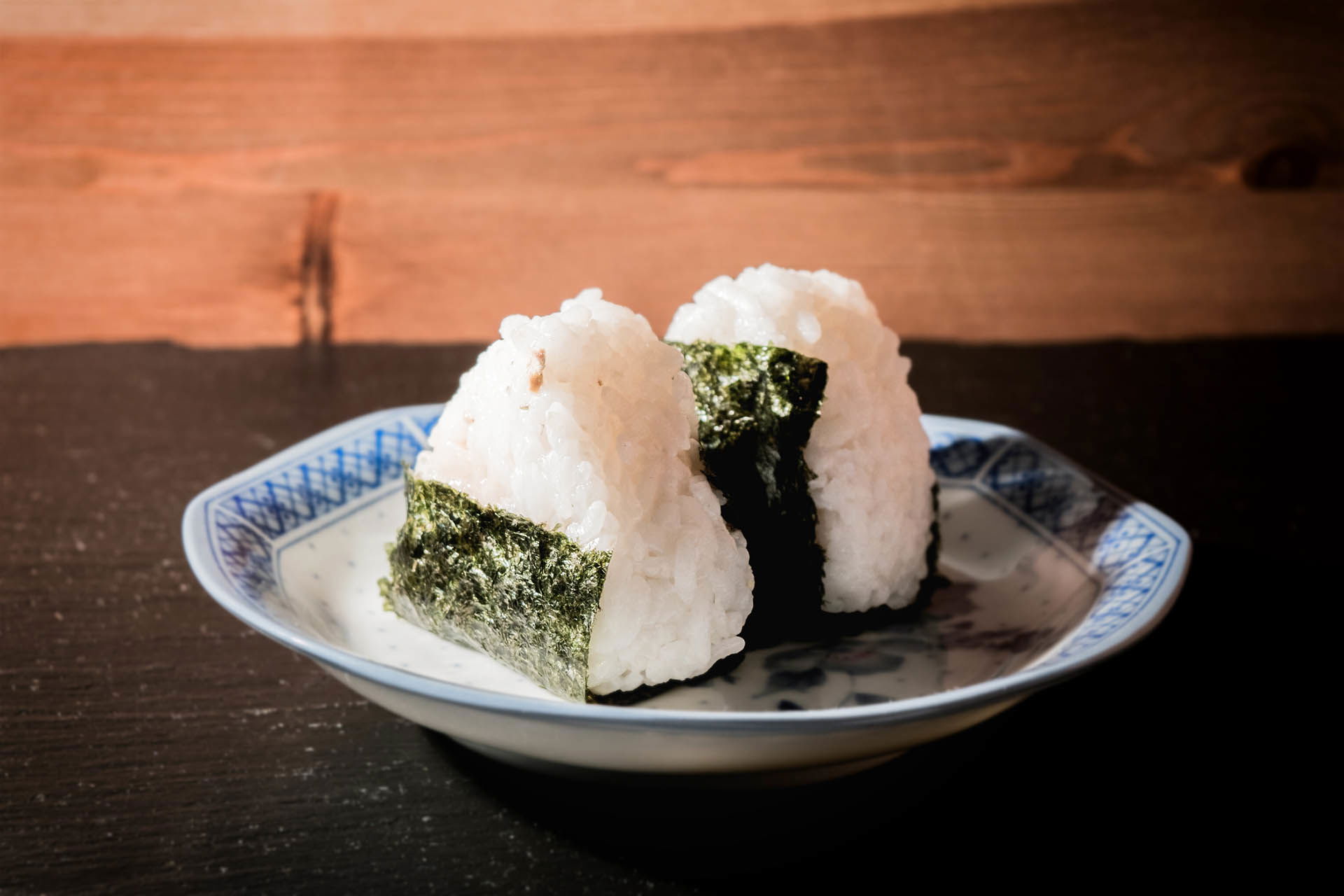





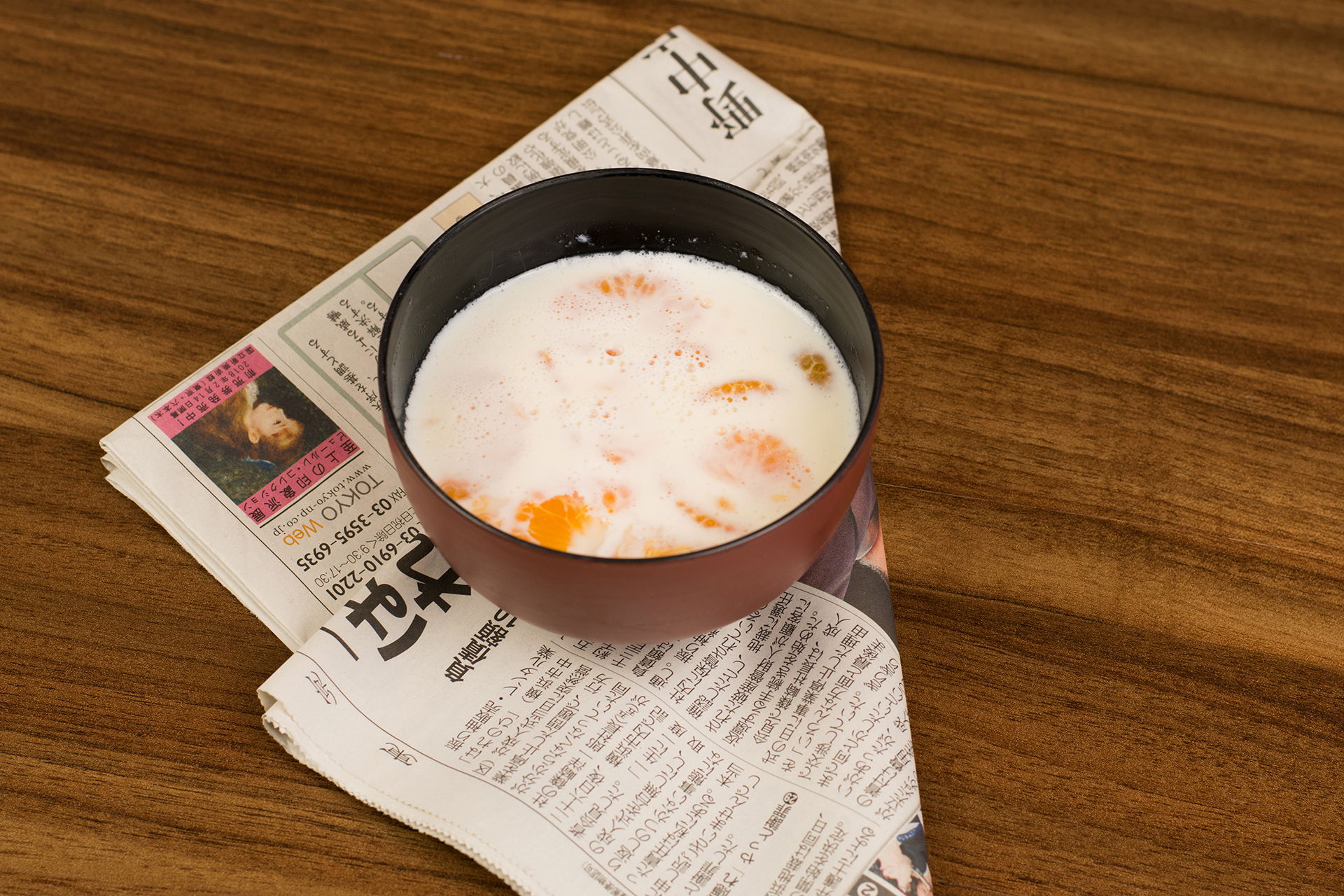
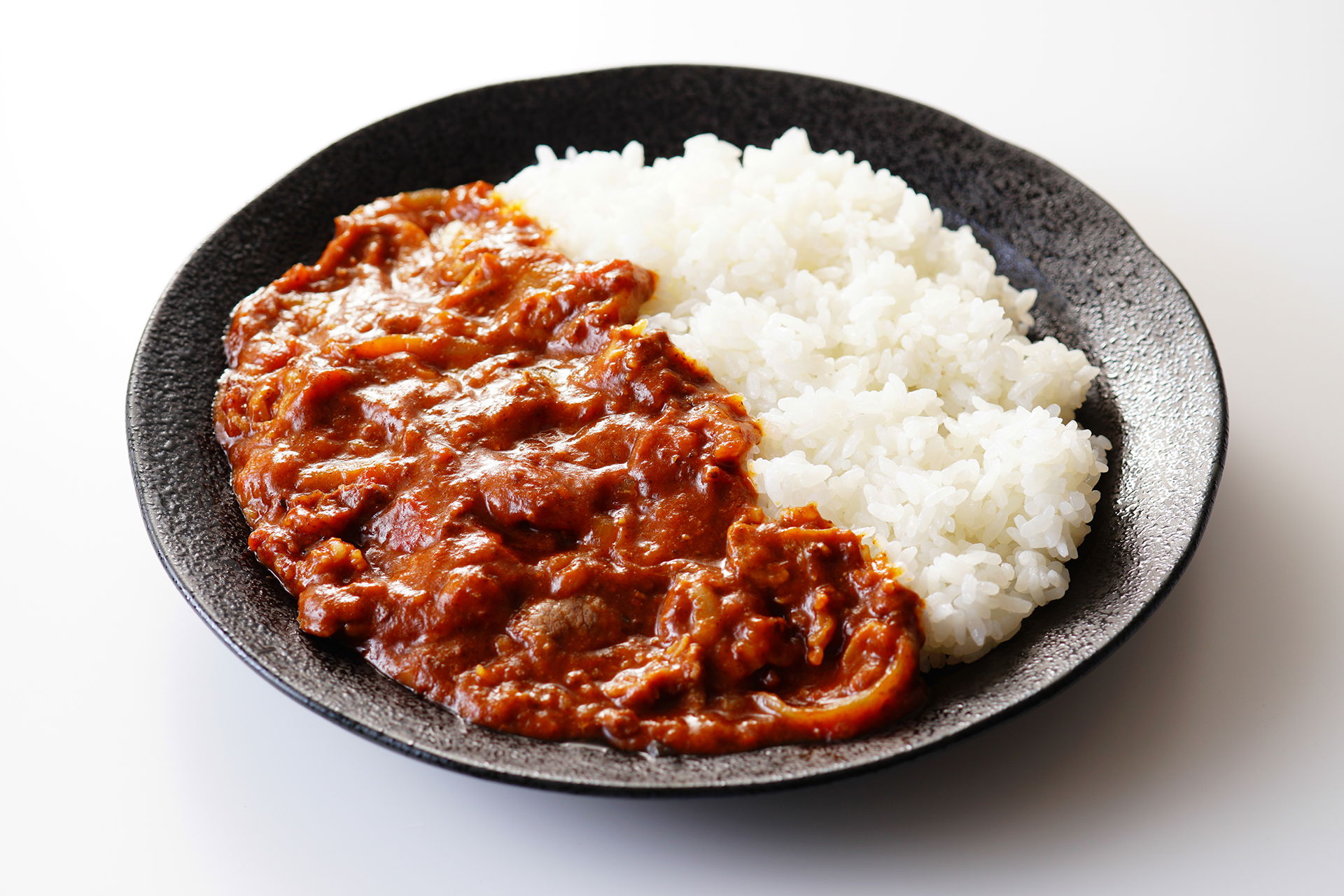



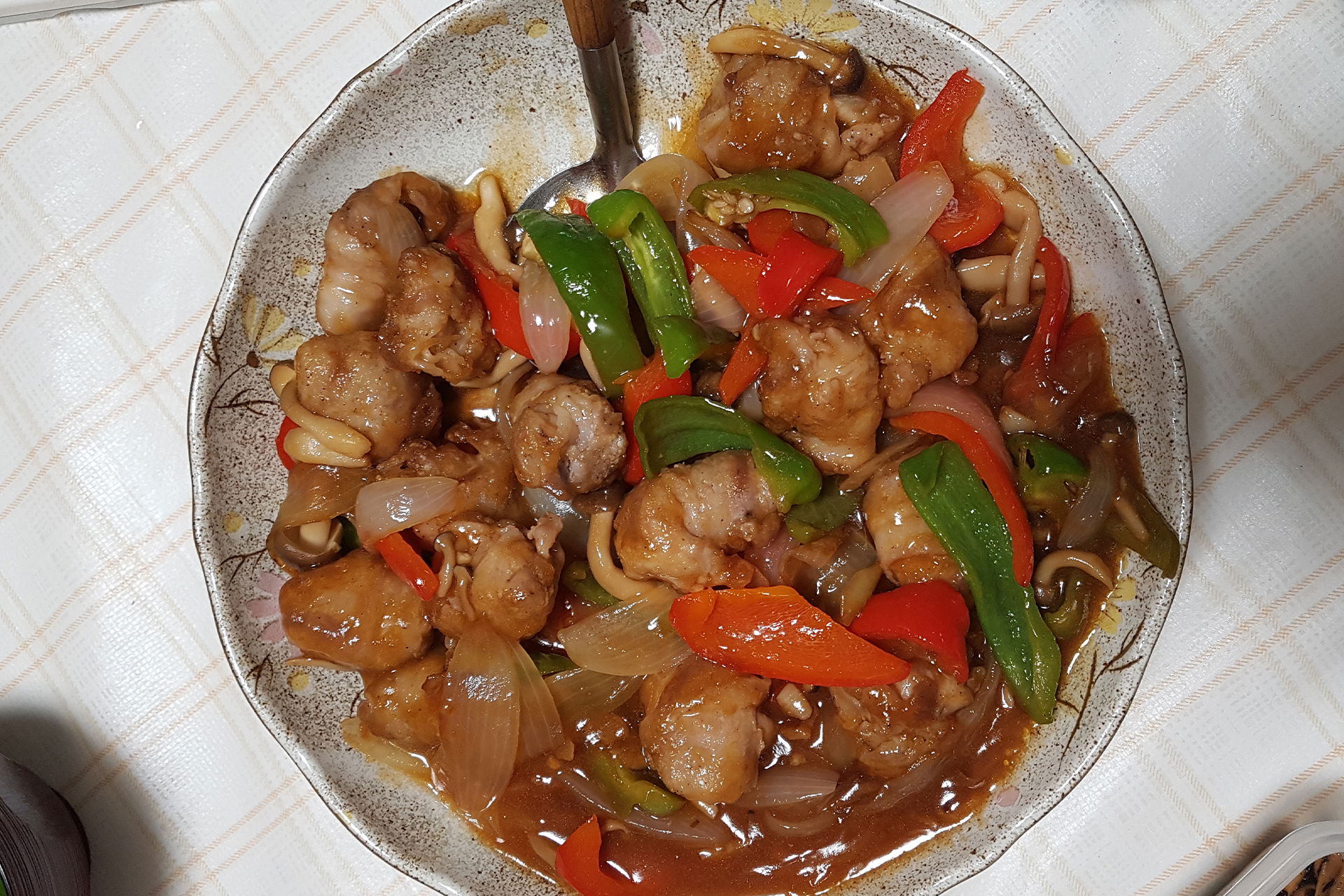
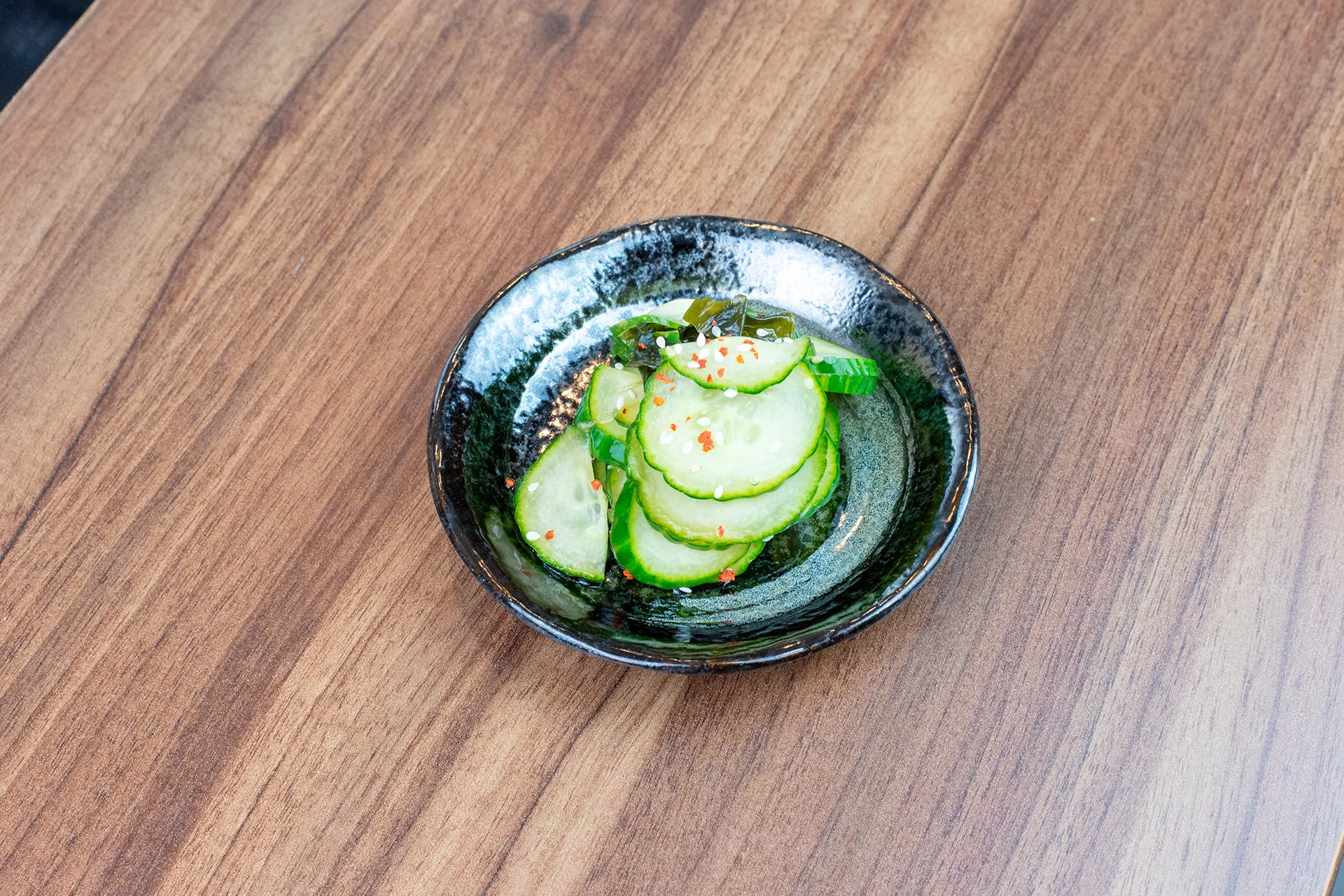





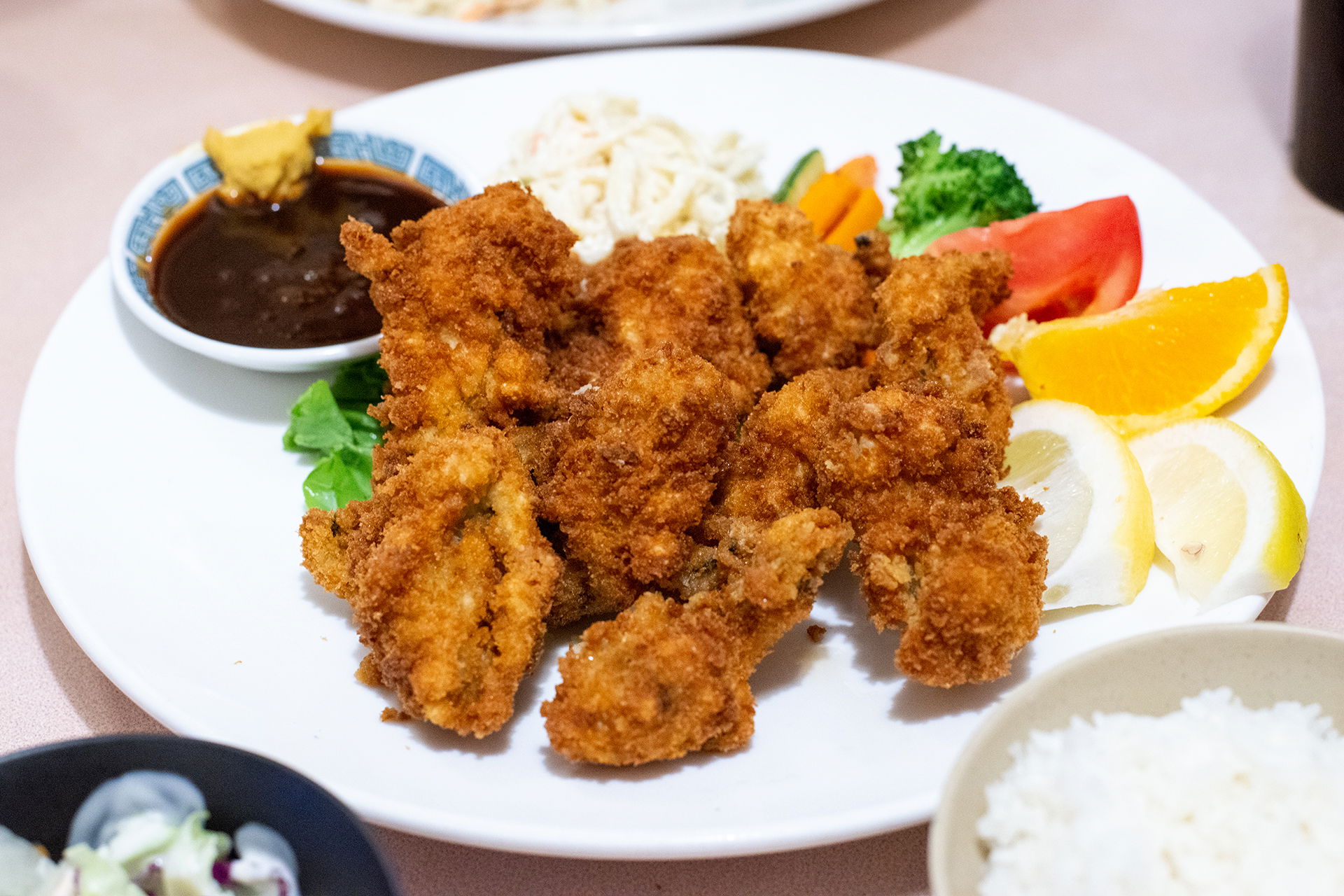
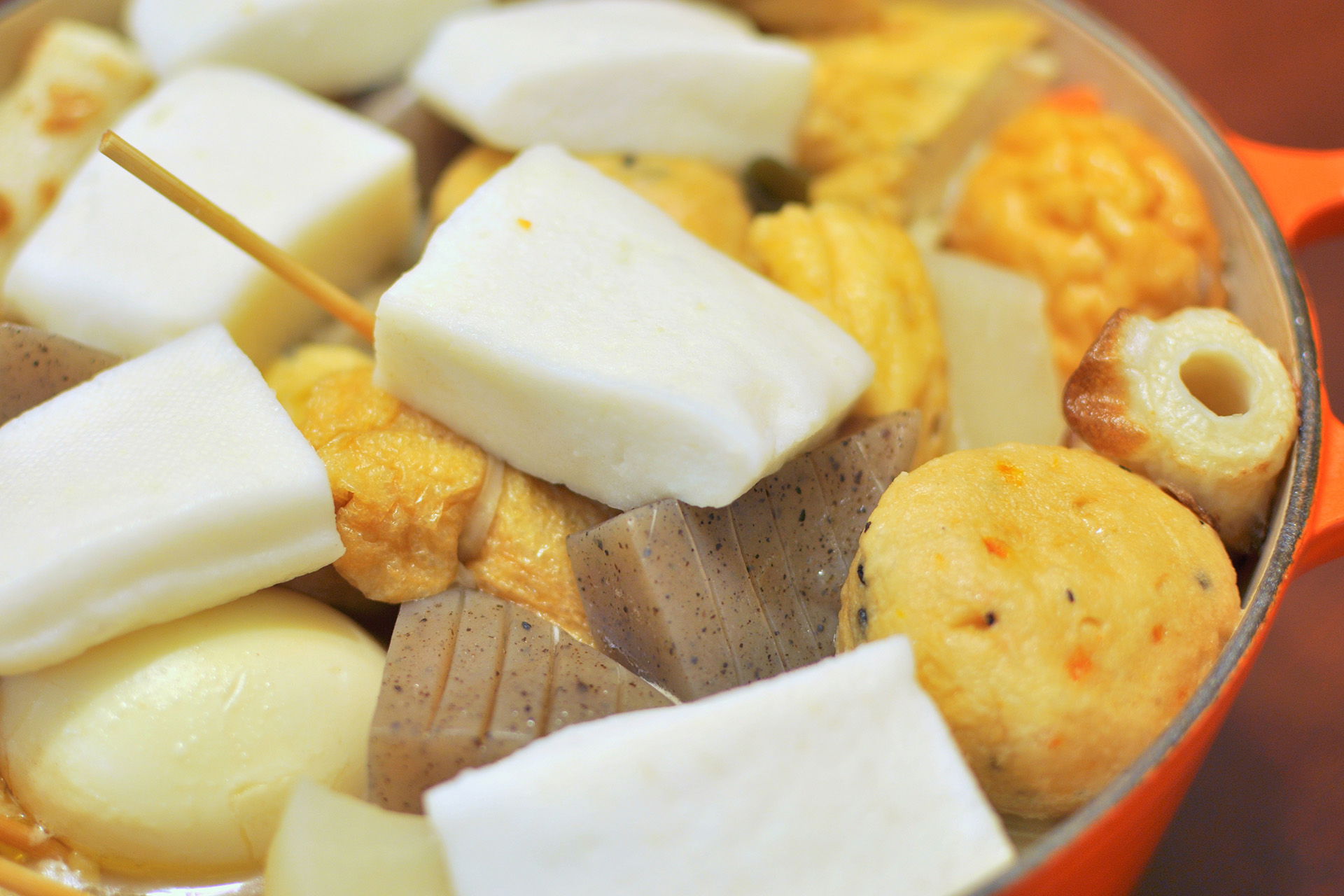
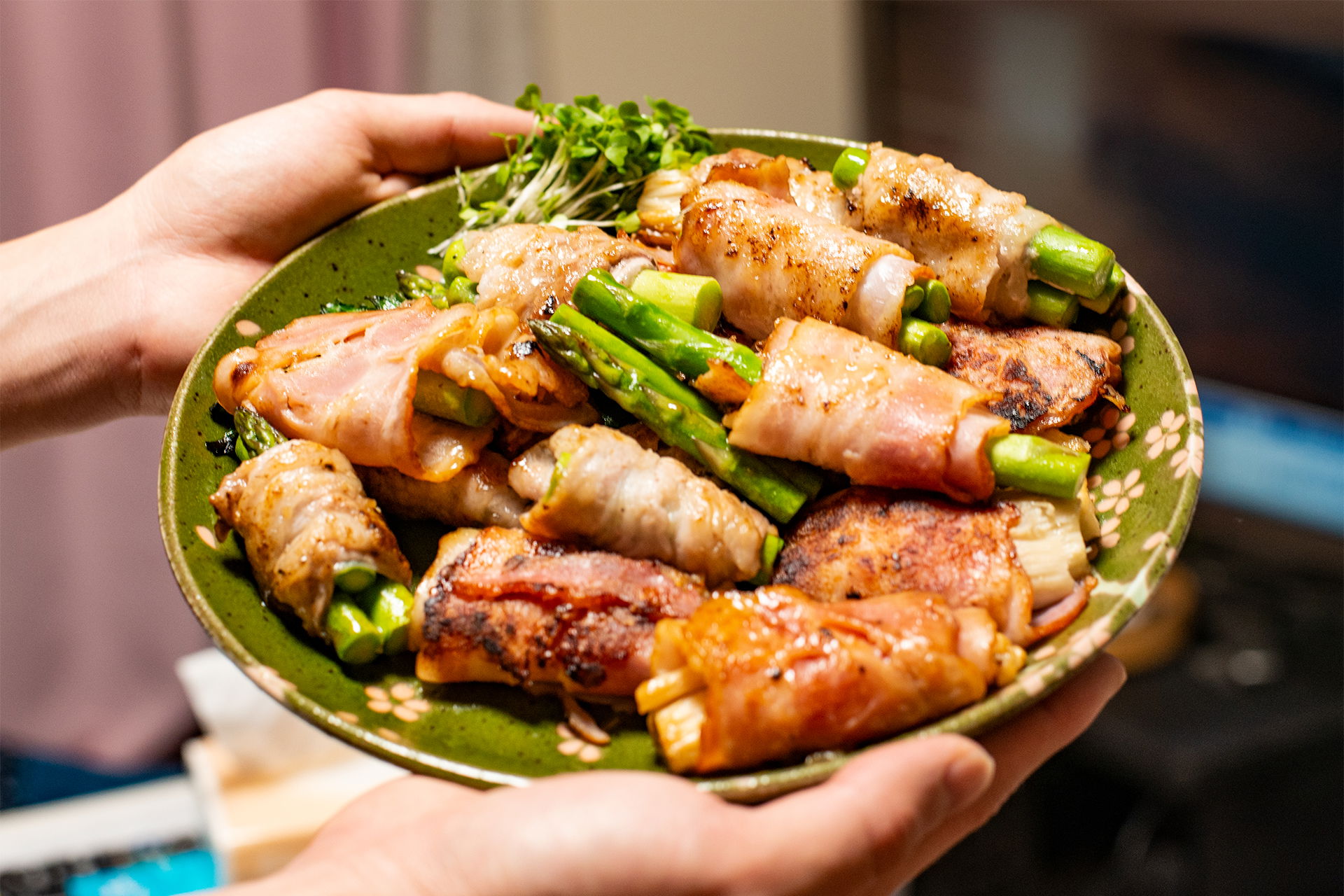


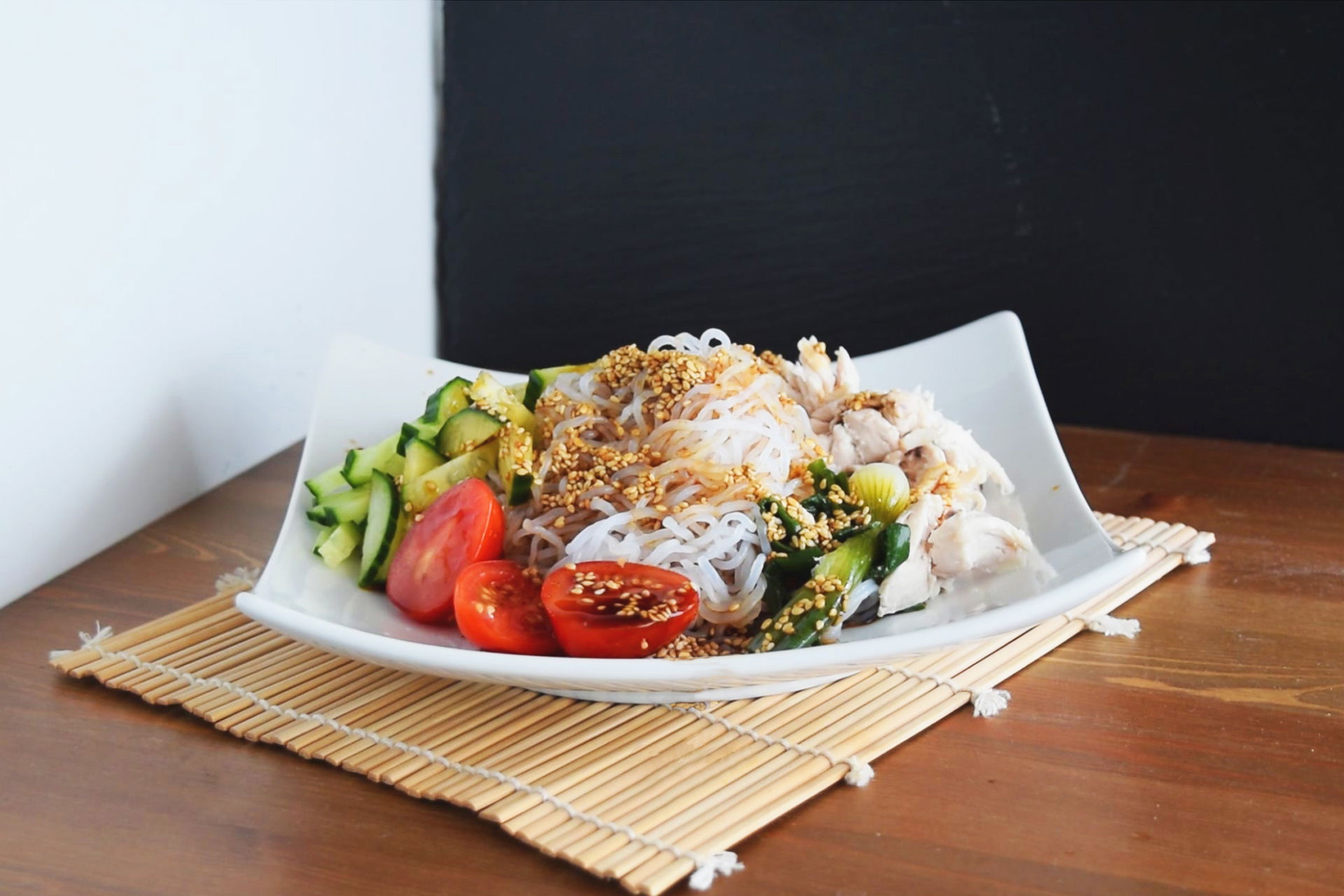
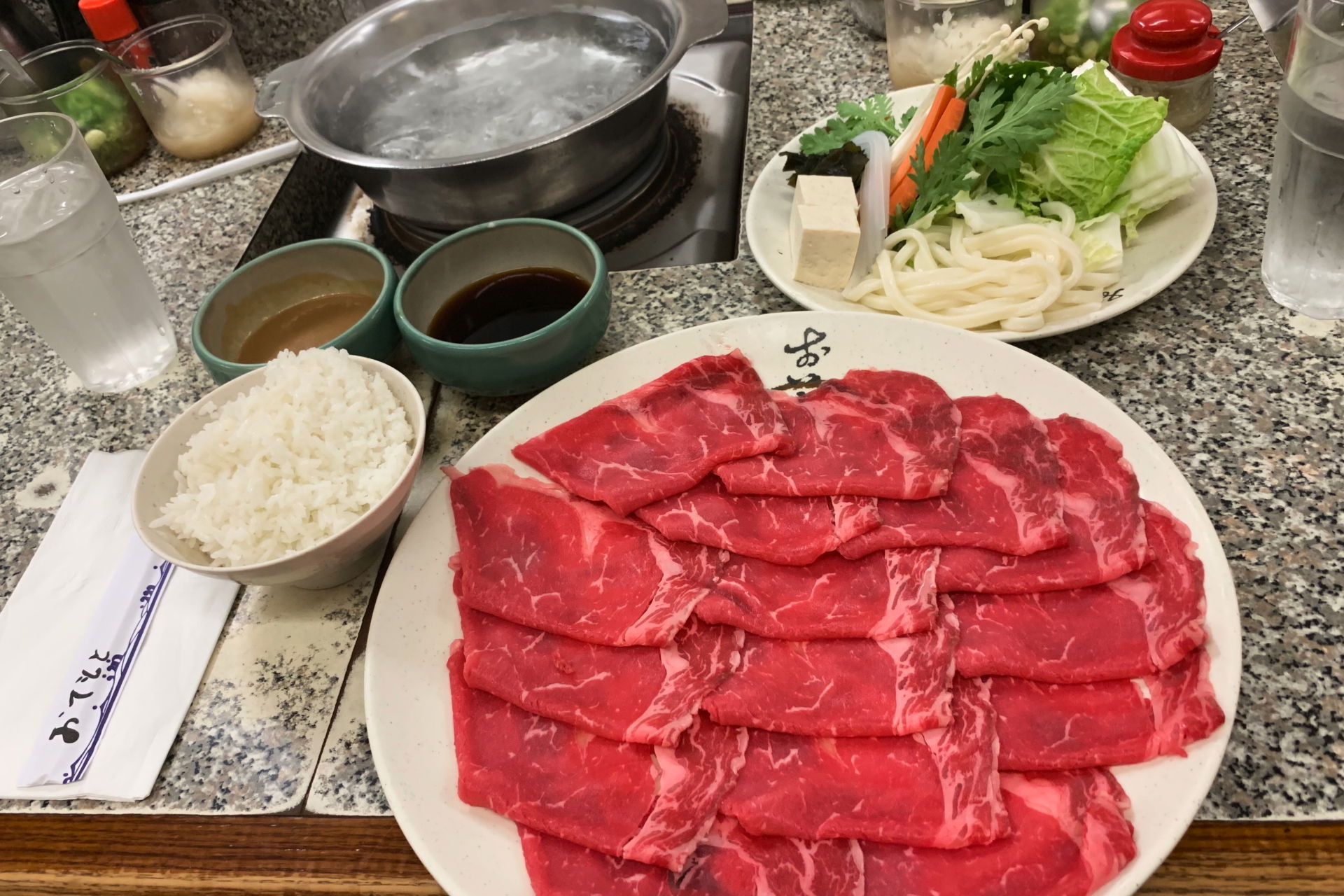
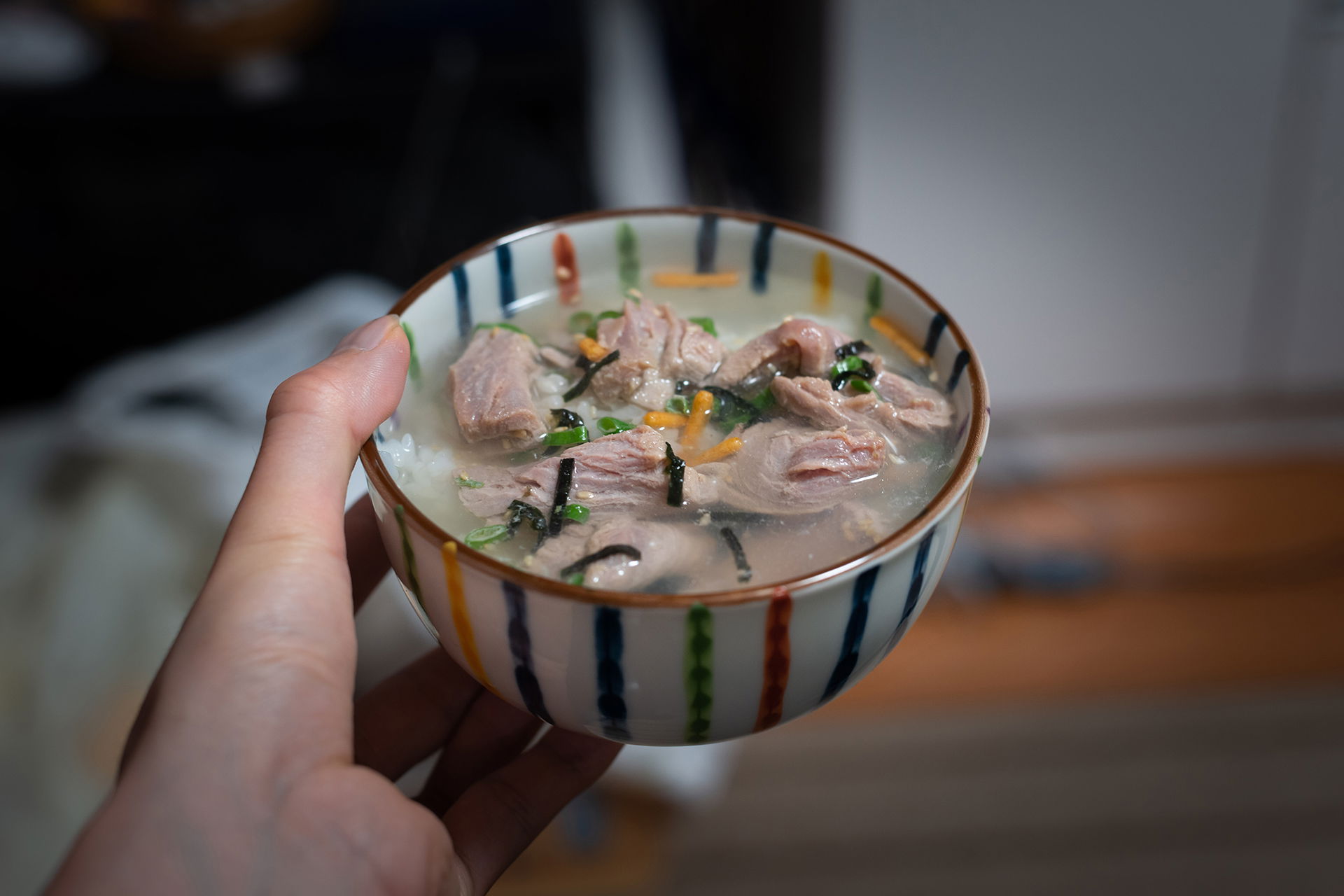


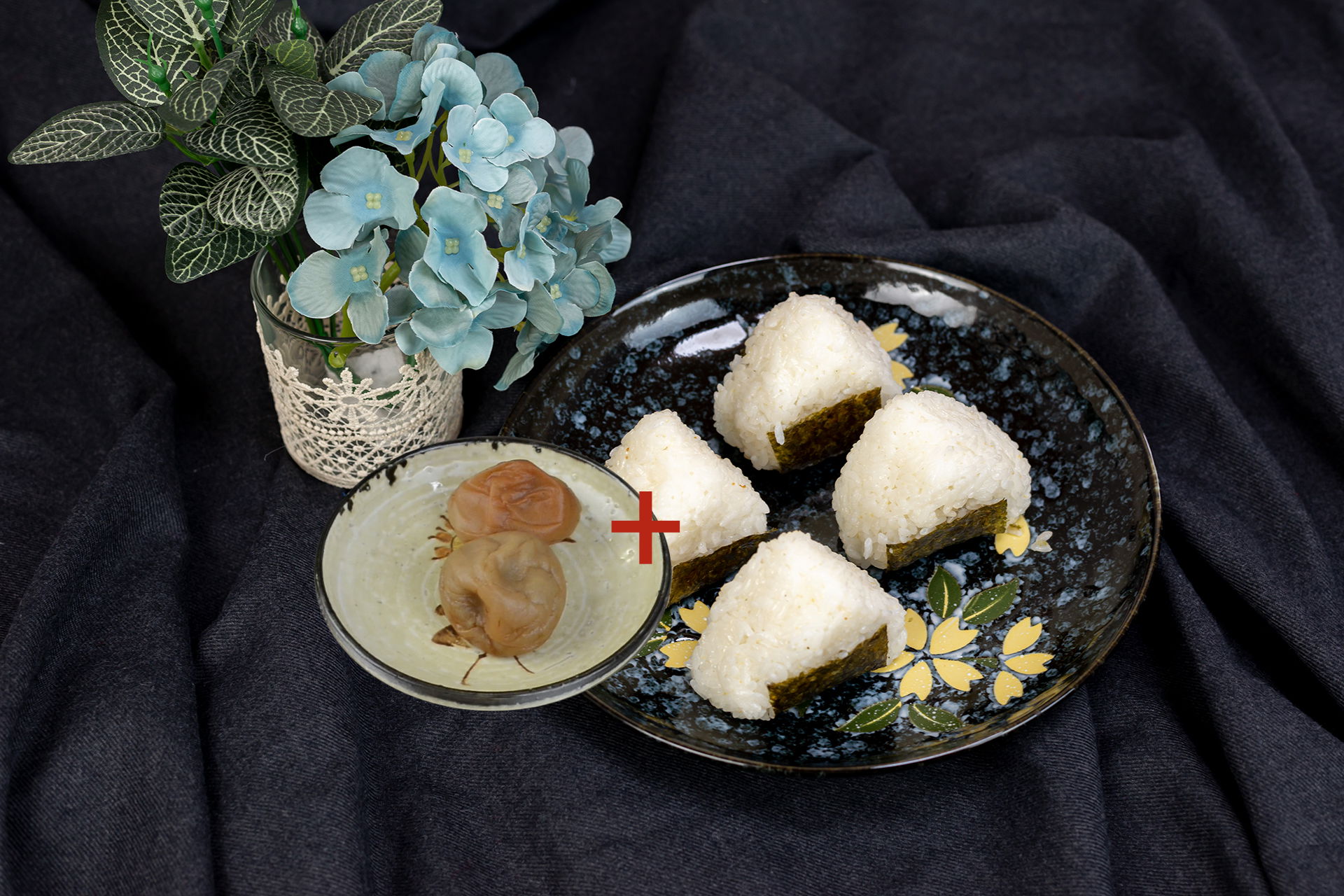
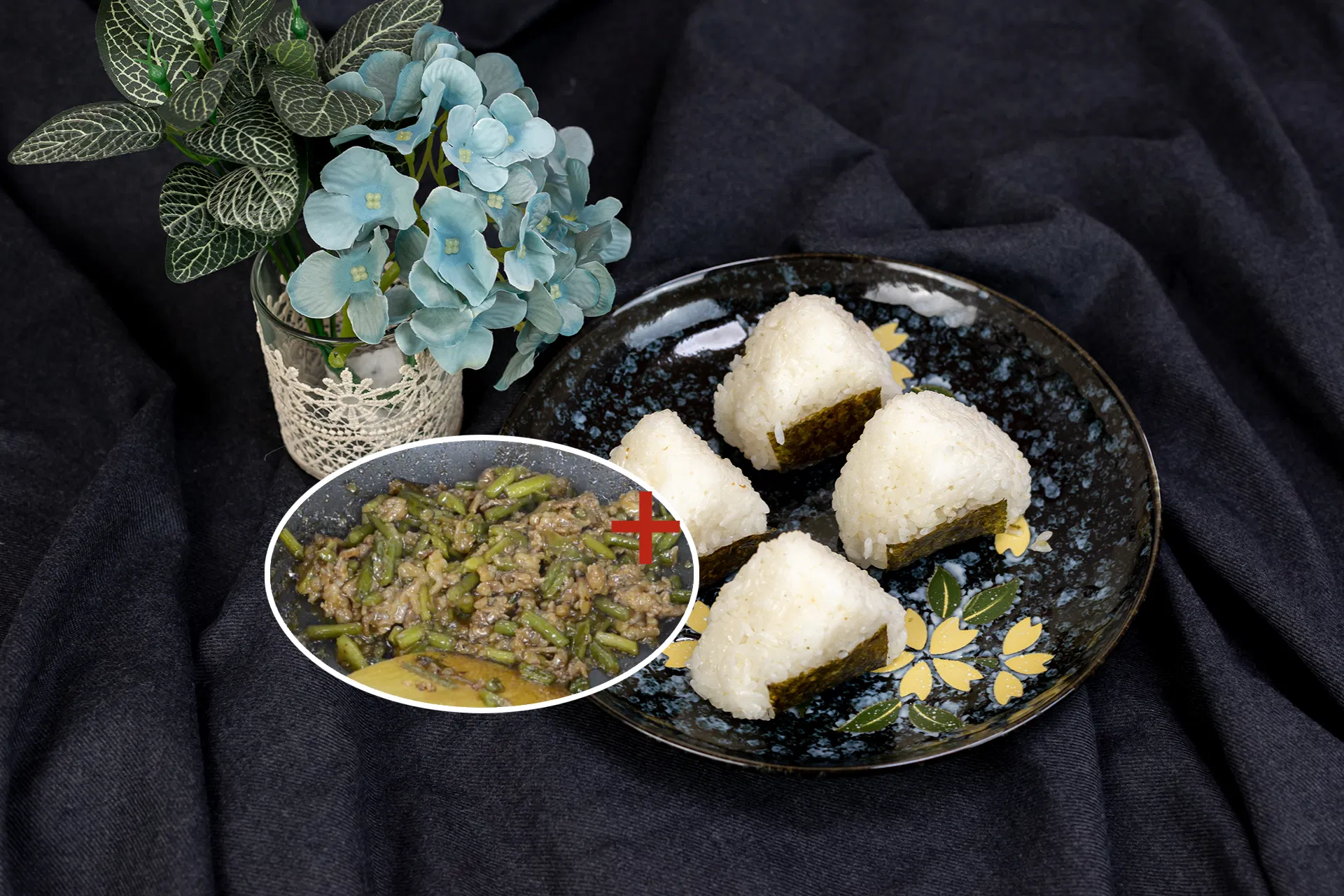

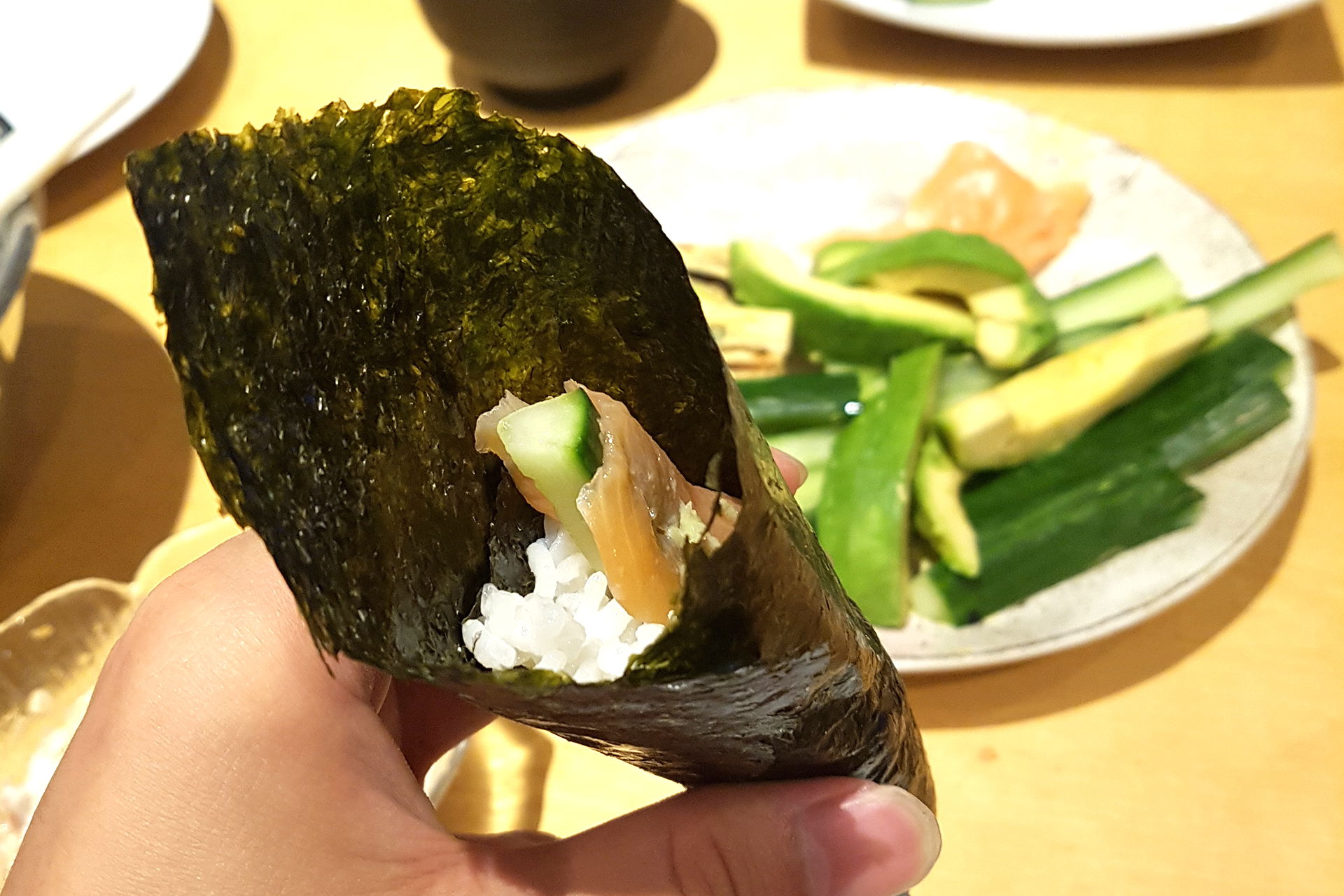
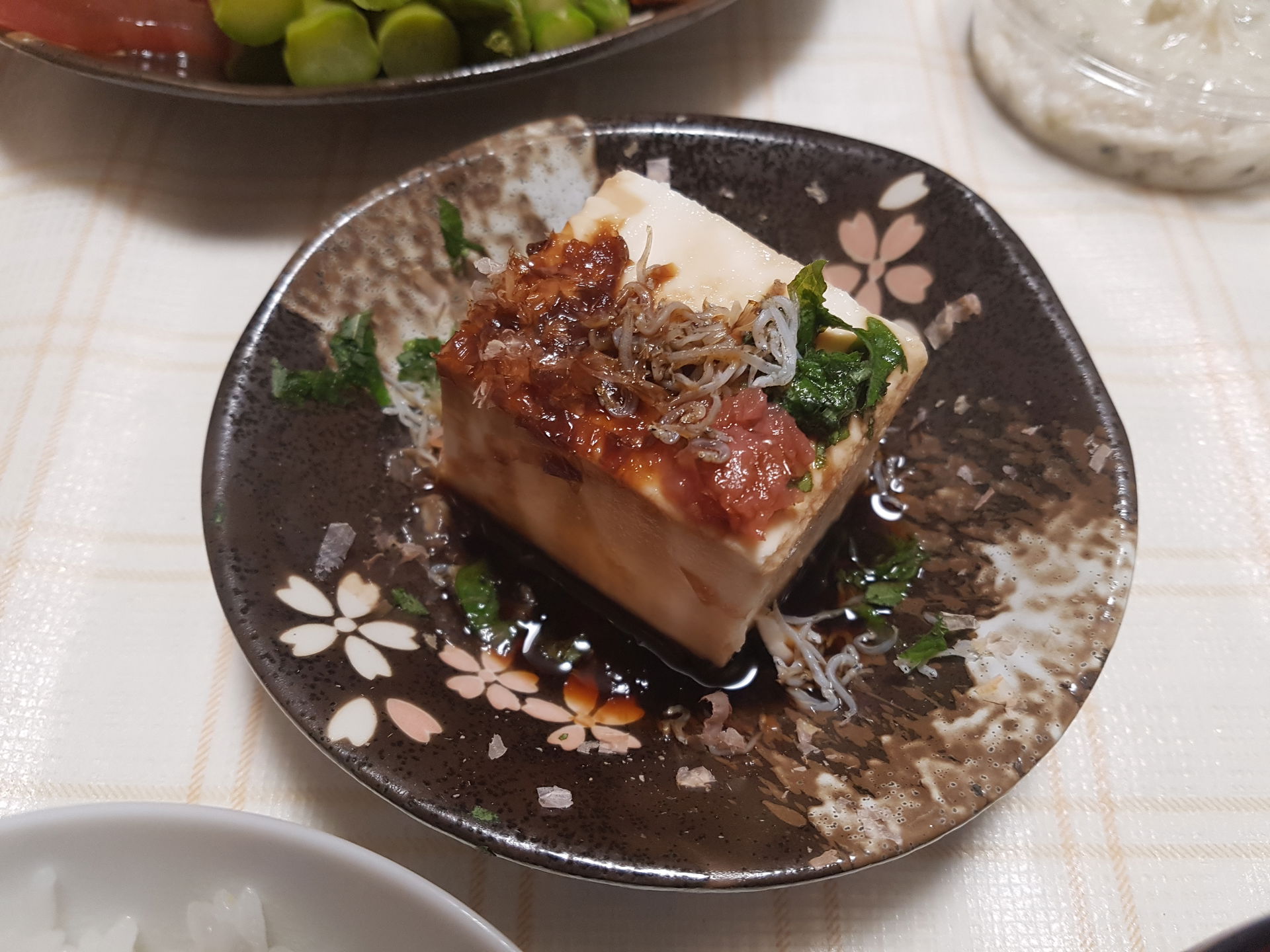
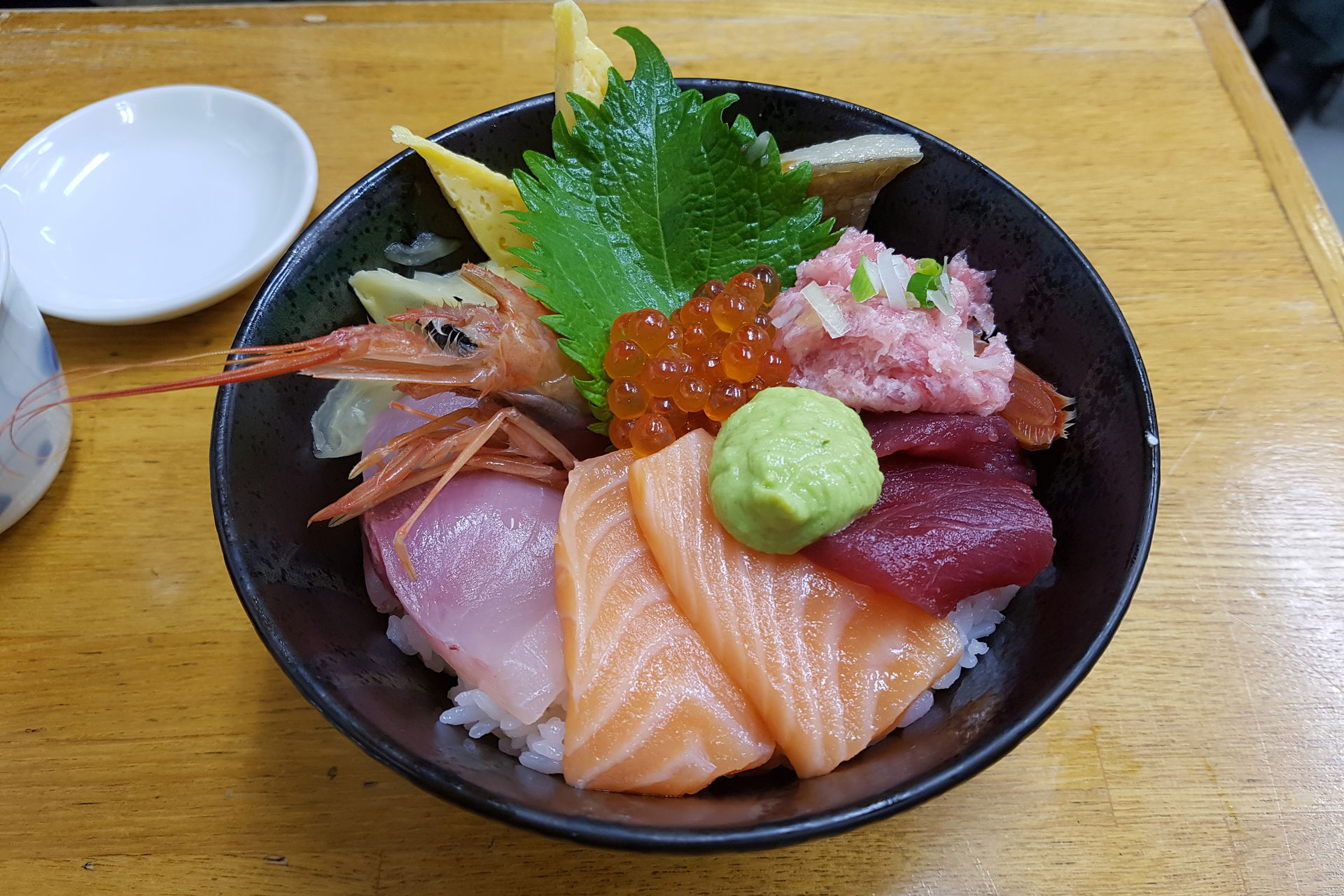








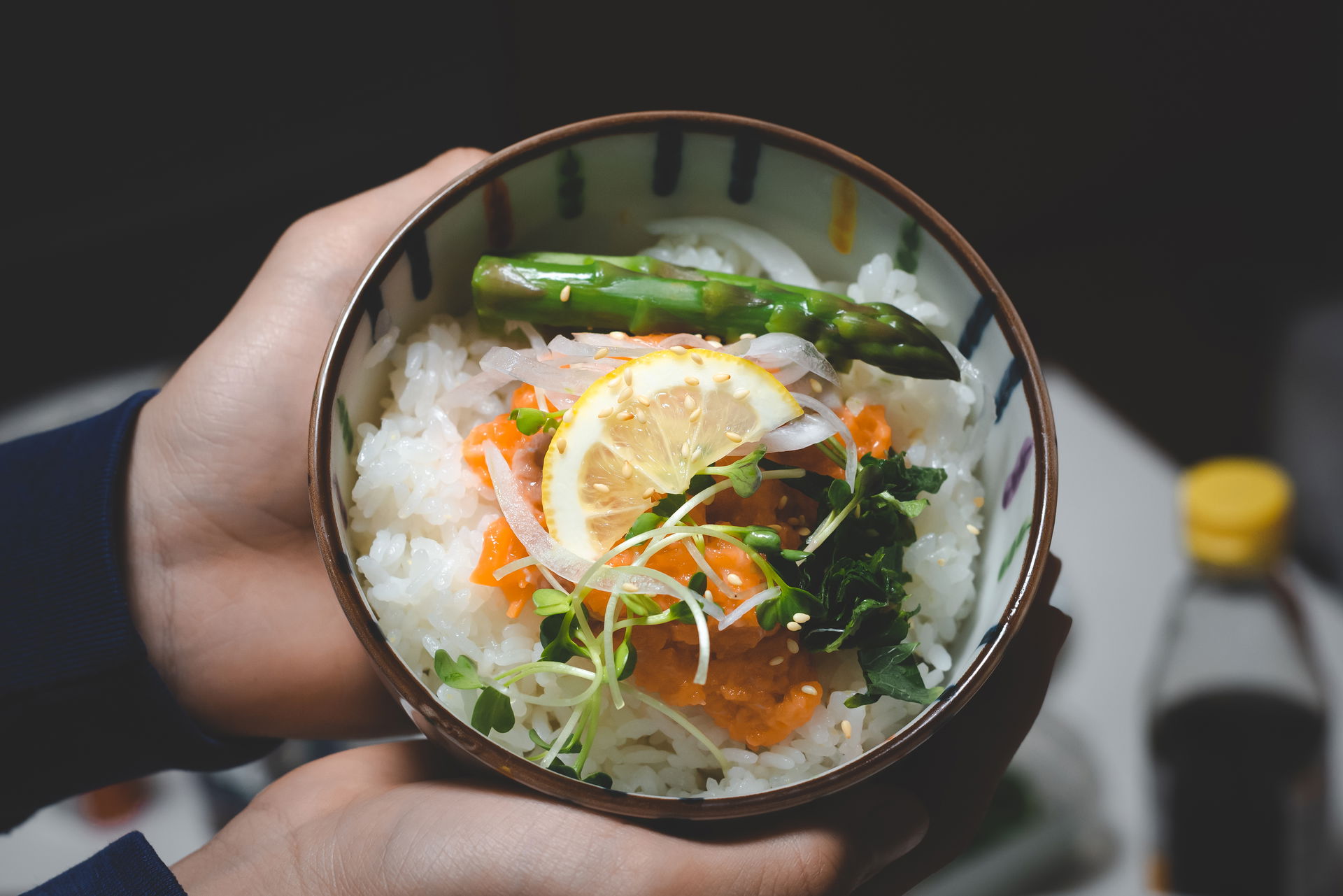
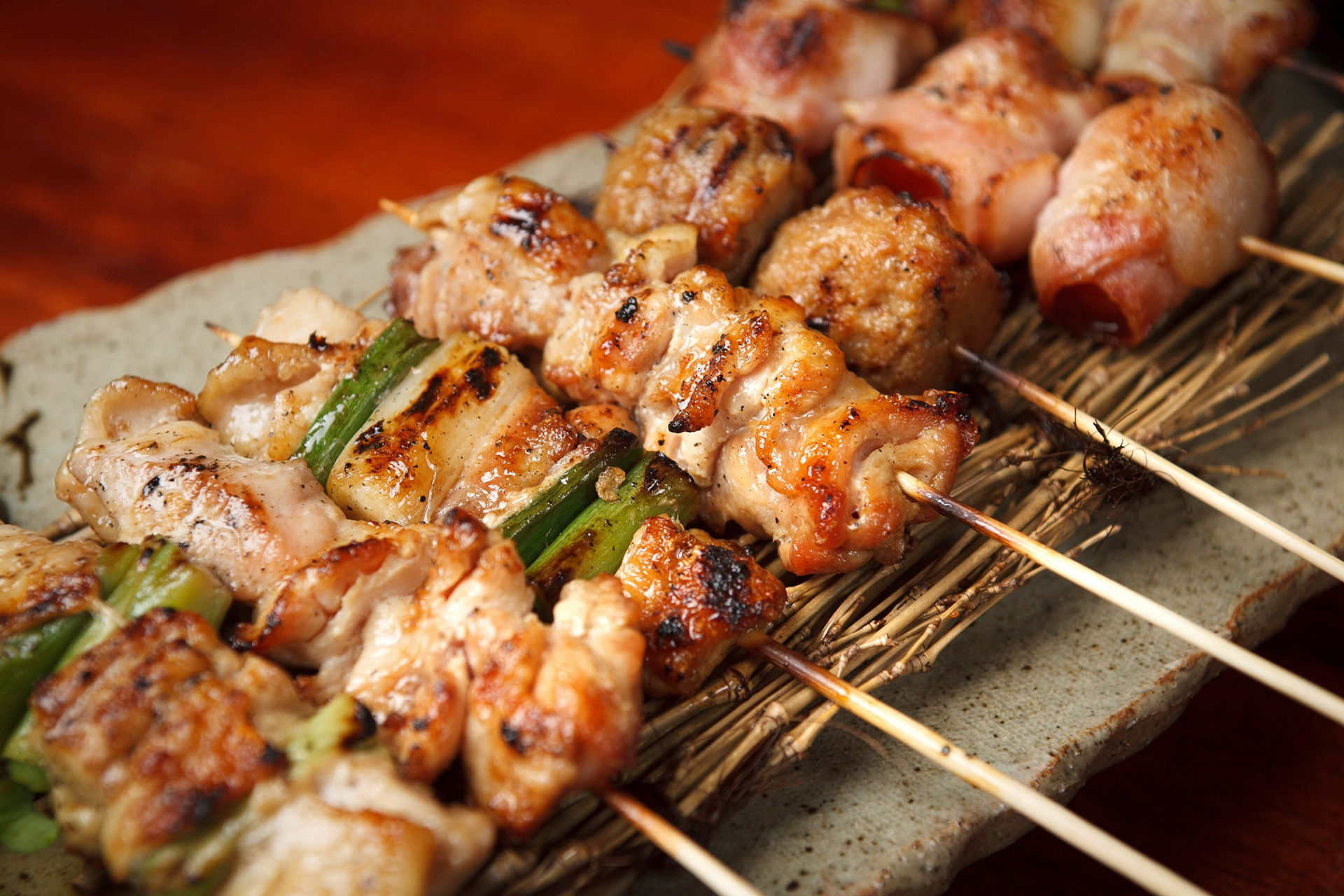

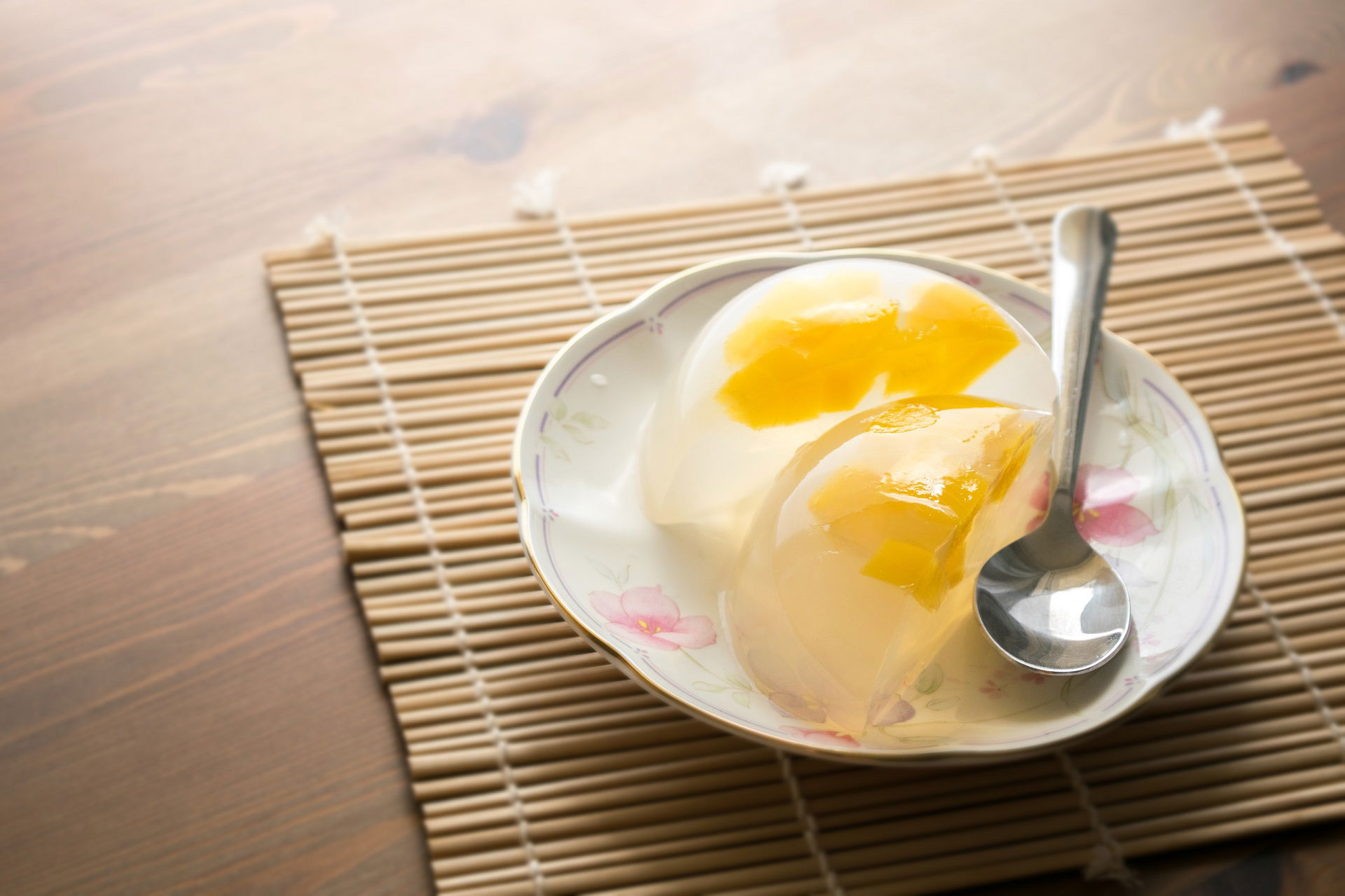



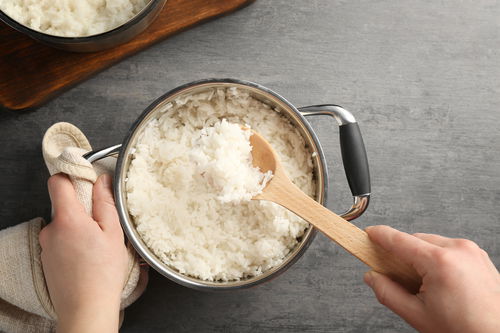
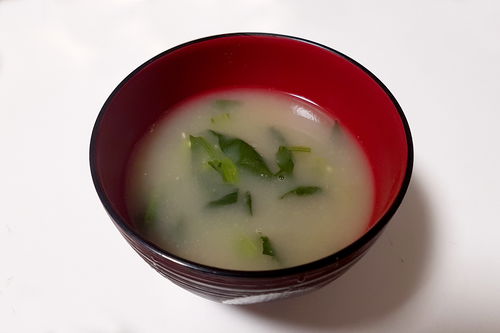
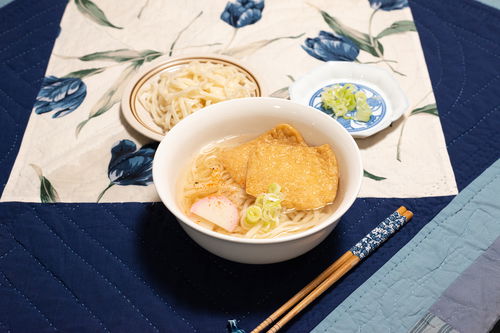



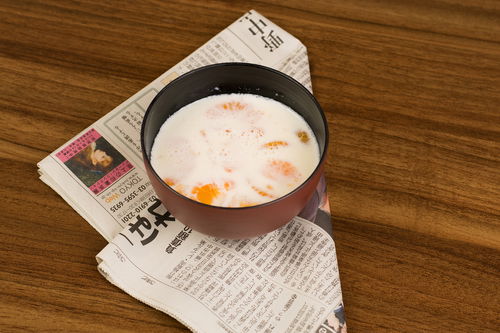

Comments
Hallo! Ich habe in Wien in einem Restaurant Mu-Maläng-ii (so hat es mir der dortige koreanische Kellner in Umschrift aufgeschrieben), eingelegten koreanischen, getrockneten Rettich gegessen und fand ihn so toll, dass ich mir gleich getrockneten Koreanischen Rettich in einem Lebensmittelgeschäft besorgt und es zu Hause in NRW mit Hilfe eines Rezeptes aus dem Internet nachgemacht habe, Ergebnis super. Jetzt muss ich noch getrockneten Rettich hier in Deutschland finden, habe bislang nur welchen für japanische Gerichte in einem online shop gefunden, der auch noch aus China kommt. Der sieht etwas feingeschnittener aus, als das, was ich in Wien im Restaurant und im Laden von der Firma Shin Sun Mi aus Korea bekommen habe. HDeutschland kaufen bzw. bestellen kann oder noch besser: habt ihr ein Rezept, wie man ggf. frischen selbst trocknet (Zugabe von etwas?). Geht ersatzweise deutscher Rettich? Kann man den koreanischen etv. sogar hier selbst anbauen? Bin für jeden Hinweis dankbar und werde jetzt erst einmal weiter intensiv euren tollen Blog studieren....:)
Klasse Rezepte! Super!
Ich mag deine Beiträge! Ich lese diese oft und gerne, meist finde ich Sachen die ich noch garnicht wusste! Gerne kaufe ich mir die Ongiris in Düsseldorf bei Waraku, aber jetzt möchte ich das doch einmal selbst ausprobieren! Kannst du nicht mal einen Beitrag schreiben über die richtige Zubereitung für Sushi Reis?
Hi, finde Eure Seite echt super von den Basics angefangen bis hin Zu den Rezepten. Ich fand es früher schlimm in Rezepten von Zutaten zu lesen die ich nie gehört habe und noch nicht mal wusste was es ist und das Personal in den Läden auch nicht wussten was ich von ihnen wollte wenn ich sie gefragt habe. Habe ja schon einige Rezepte ausprobiert die ich bis alles sehr lecker fand. Dazu hätte ich ein Frage ob man die Rezepte noch mal in Traditionell und Modern Sotieren bzw. kenzeichen könnte, das man so wie ich als Laie das auch unterscheiden kann. Da ich besonders für die Traditionelle Japanische, Koreanische interessiere und auch gerne nach Koche. Liebe Grüße Marcel
Die horrende Rechtschreibung und abenteuerliche Zeichensetzung in den Artikeln bzw. Rezepten passt so gar nicht zur Qualität der Speisen – schade! Korrigiert denn der deutsche Partner nie etwas?
Mein Adoptivpapa ist Japaner. Aber er lebt schon seit 50 Jahren in Deutschland und ist von der Mentalität eher deutsch. Was ich persönlich schade finde, weil ich ihm so gerne etwas japanisches zu essen zubereiten würde. Leider hat er "vergessen", wie die Zubereitung japanischer Speisen geht. Und ich kenne niemanden, der mich mit Originalrezepten im Kochen anleiten kann. Bleibt also nur, mich in Blogs wie diesem und aus Kochbüchern zu informieren, wobei ich nicht sicher bin, wie authentisch die sind. Deshalb: Danke für ihre Rezepte. Ich hoffe, es wird davon noch mehr geben.
Hallo! Eine Frage: Viele japanische Rezepte beinhalten Sake und/oder Mirin. Nun bin ich aber gerade schwanger und mir ist mulmig dabei Alkohol beim kochen zu verwenden auch wenn er dabei verdampft. Kann man bei den meisten Rezepten (Oden oder ähnliches mit gekochtem Gemüse) Sake und Mirin einfach weglassen oder ersetzen oder ist der Geschmack dann zu anders? Wie gehen Japanerinnen damit um wenn sie schwanger sind?
Die Seite ist super gut. Doch leider fand ich die Sauce nicht.Fast in jedem Restaurant youtube seh ich sie. Also... Reis in der Schüssel, paniertes Fleisch oben drauf und dann kommt die Soße darüber. Die Soße wird dort heiß gemacht und Ei rein, das dann stockt. Ich brauch die Sauce. Ich weiß noch nicht mal wie sie heißt. Wer kann helfen?
Hallo zusammen, Ich war im Juli in Japan und habe in Matsumoto Unagi-Gerichte für mich entdeckt. In einem Supermakt in Tokyo konnte ich schon die passende Sauce für den Aal erwerben, aber jetzt fehlt mir noch ein passendes Rezept. Ich bin auch dazu bereit, die lange Prozedur von marineiren, grillen über Holzkohle und Co. auf mich zu nehmen, um meine Gäste zu bewirten, aber mir fehlt noch eine gute Anleitung dazu. Wenn du da was auf Lager hast oder demnächst finden solltest, würde ich mich sehr darüber freuen.